Advanced therapy medicinal products (ATMP) is the group of therapies in which we use cells, genes, engineered tissues and combinations of the above with medical devices as a medicinal product. A medicinal product can be described as:
- any substance or combination of substances presented as having properties for treating or preventing diseases in human beings;
- any substance or combination of substances which may be used in or administered to human beings either with a view to restoring, correcting or modifying physiological functions by exerting a pharmacological, immunological or metabolic action, or to making a medical diagnosis.
Due to the increase of the burden of chronic diseases, research and development of new therapies nowadays plays an important role in the pharmaceutical and biotech industry. Classic block buster drugs have an important therapeutic effect on people, but unfortunately this does not work for every patient. Studies have shown that more than 90 percent of the drugs only work in 30 – 50 percent of the cases. This is one of the main reasons the world urges further development of personalized medicines.
Bringing ATMPs to the market
For companies, it’s important to bring ATMPs to the market as fast and as cost-efficient as possible. However, patient safety and product quality should always been taken into account. For start-ups or spin-offs, this combination is critical but also challenging.
The main obstacles for bringing ATMPs to the market are costs and product quality. The costs are usually very high as a result of the manual work, the complexity and the personalized character of the therapies. One of the main hurdles will be to make these processes closed and automated. A lot of small or medium-sized enterprises are struggling to find enough financial support to get their product to the market. It’s not always obvious for companies to find information about all the options to set up partnerships and/or EU incentives that can help to overcome this challenge. Scientific advice can be sought from the European Medicines Agency. In short, finding the ideal partner for regulatory compliancy and submission and overall quality assurance is key to become successful in this area.
There are already some cell and gene therapies available on the market, but how can we classify them and what are the differences between these groups of therapies? In other words, when do you call your therapy an ATMP?
In the world of ATMP, there is a difference between the following types:
-
Gene therapy (GT)
Gene therapy medicines are products that contain genes that eventually lead to a therapeutic, prophylactic or diagnostic effect. The mechanism is based on inserting ‘recombinant’ genes into the body in order to treat one or more diseases including genetic disorders, cancers or long-term diseases. A recombinant gene is a stretch of DNA that has its origin in a lab and consists of DNA from different sources to target specific disorders.

- Somatic cell therapy (SCT)
When we’re talking about somatic cell therapy, we mean cells or tissues that may have been manipulated to alter their biological characteristics or that are not intended to be used for the same vital function in the body. They can be used to cure, diagnose or prevent diseases. - Tissue-engineered products (TEP)
Cells or tissues that have been modified so they can be used to repair, regenerate or replace human tissue are called tissue engineered medicines. - Combined products
Combined products are ATMPs combined with one or more medical devices as an integral part of the medicine.
The structure described above already offers a clear overview of what ATMPs are and which different classes there are. It’s not clear to which class the product belongs in every use case. QbD can help you with this classification and is also a pioneer in ATMP quality systems and integrating the Quality by Design methodology into your production process.



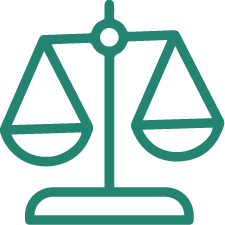
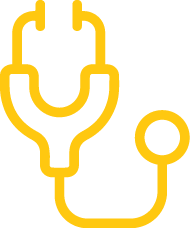
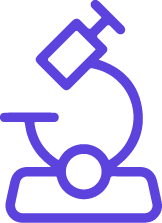

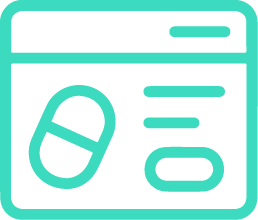



.jpg)
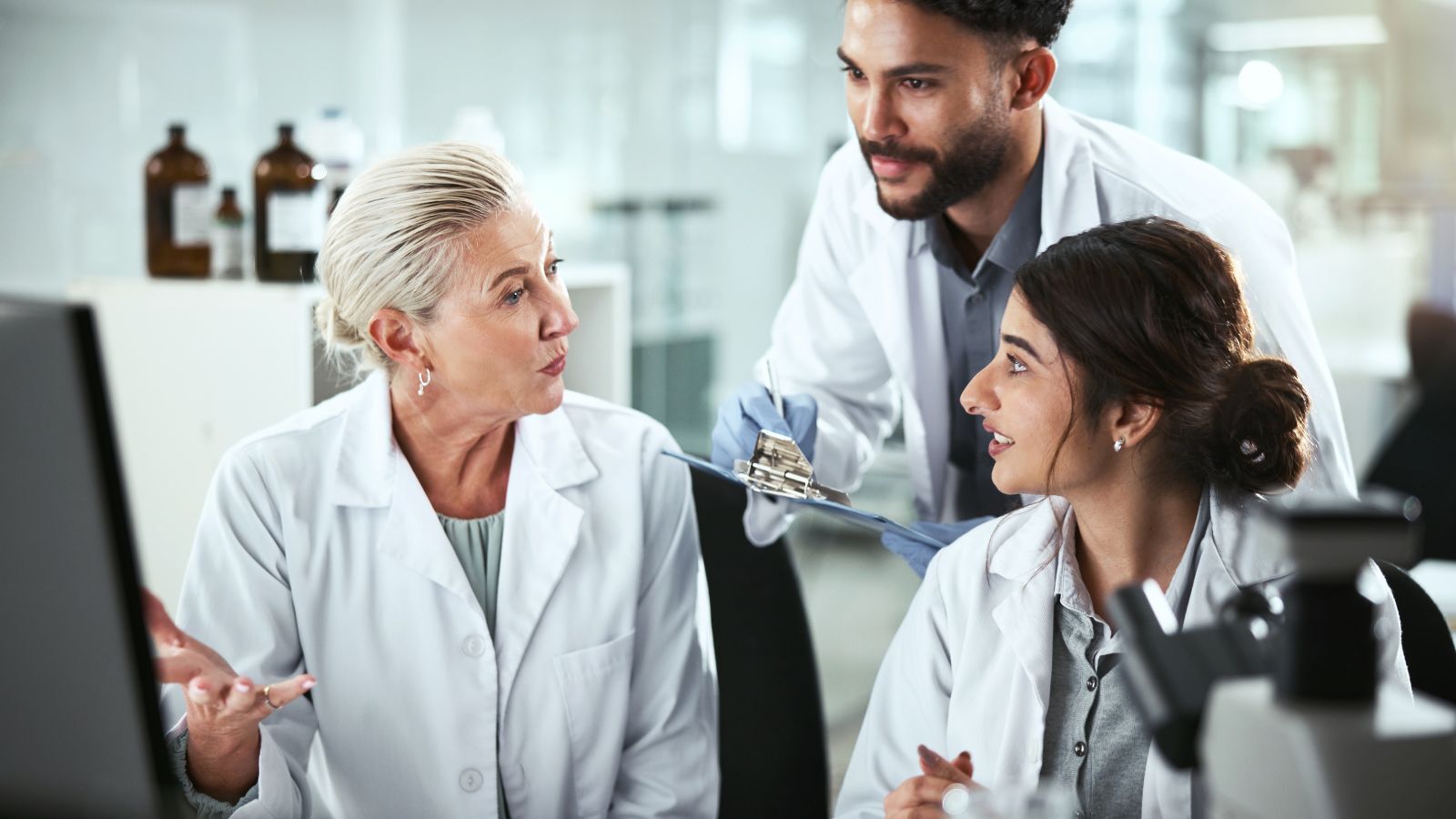

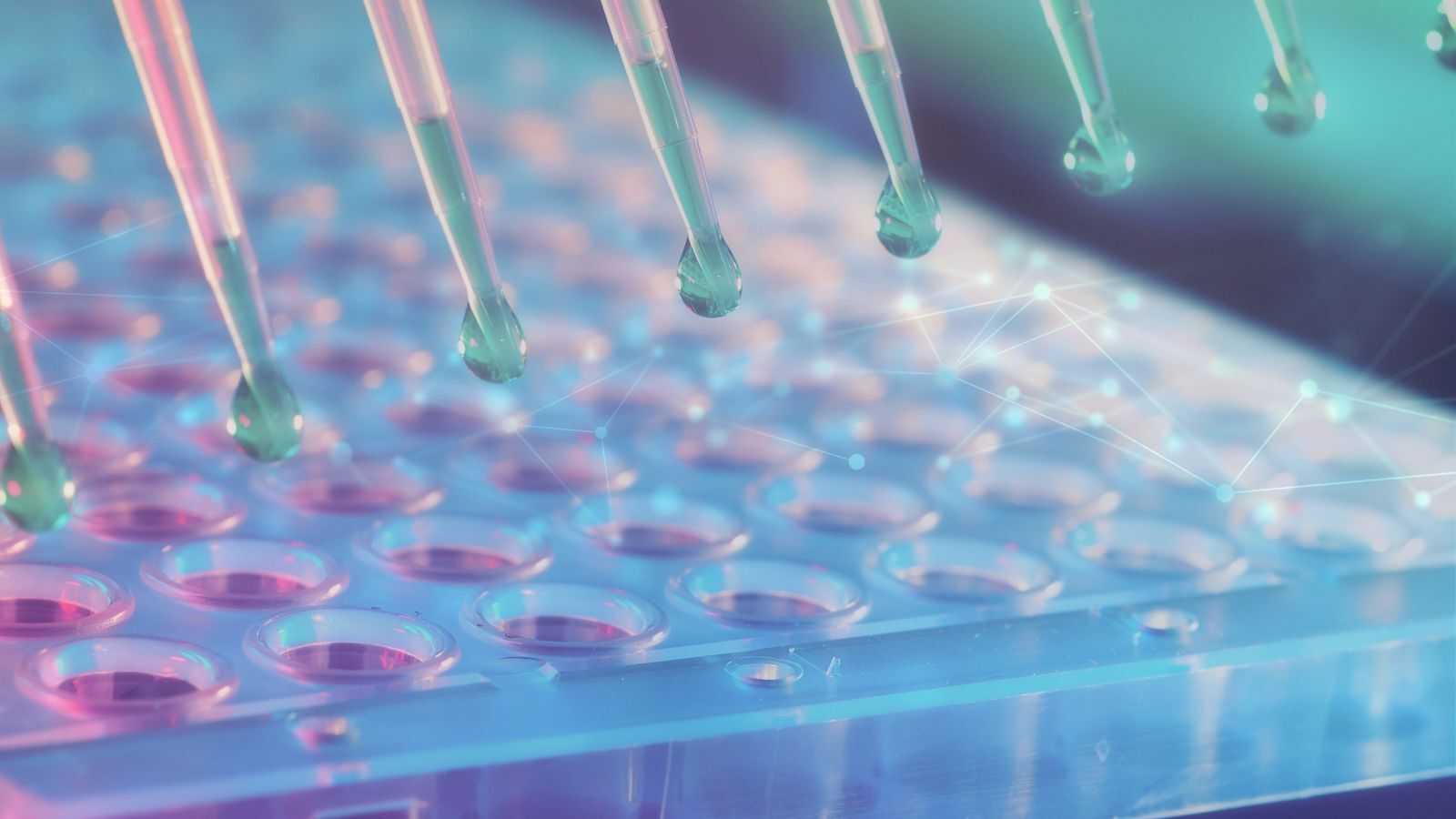
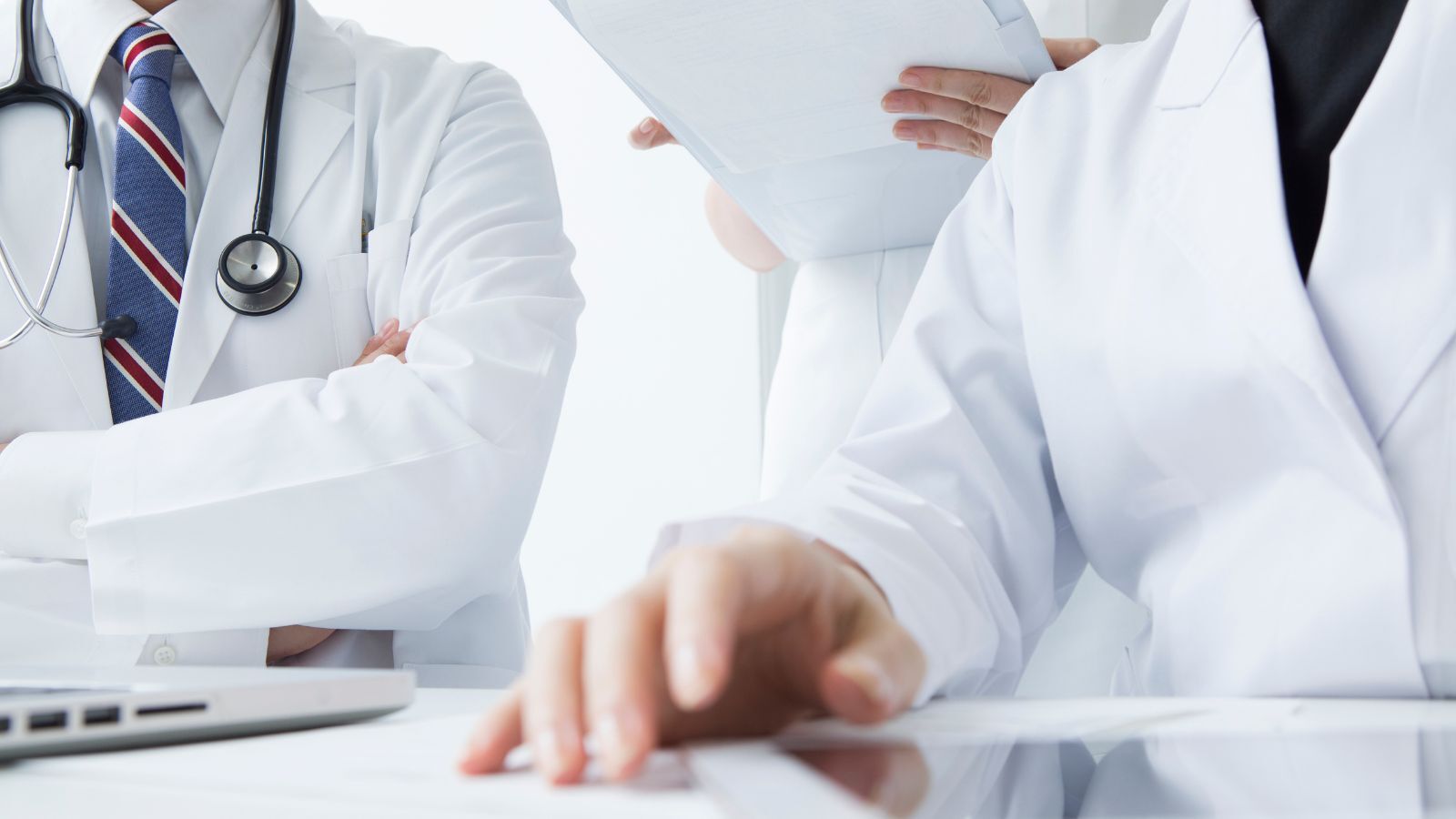
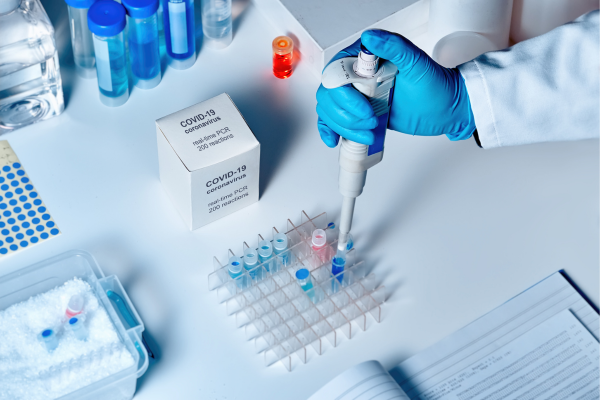
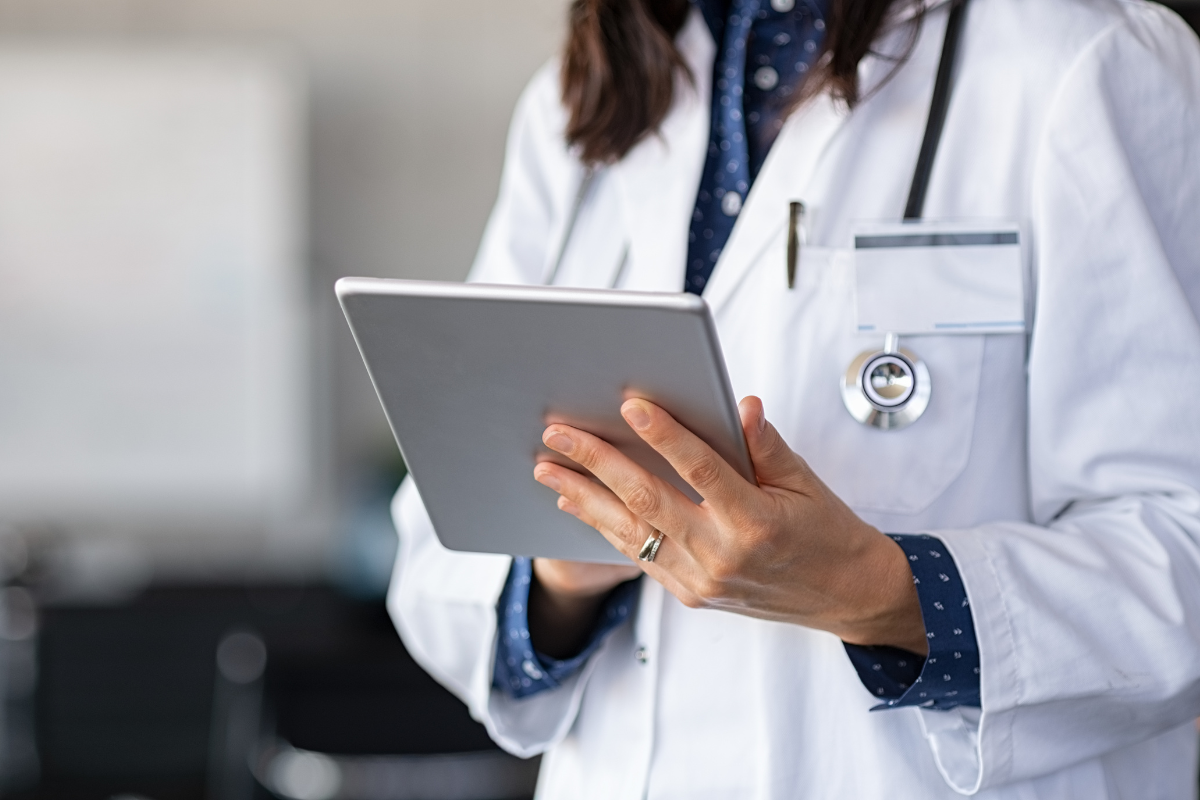
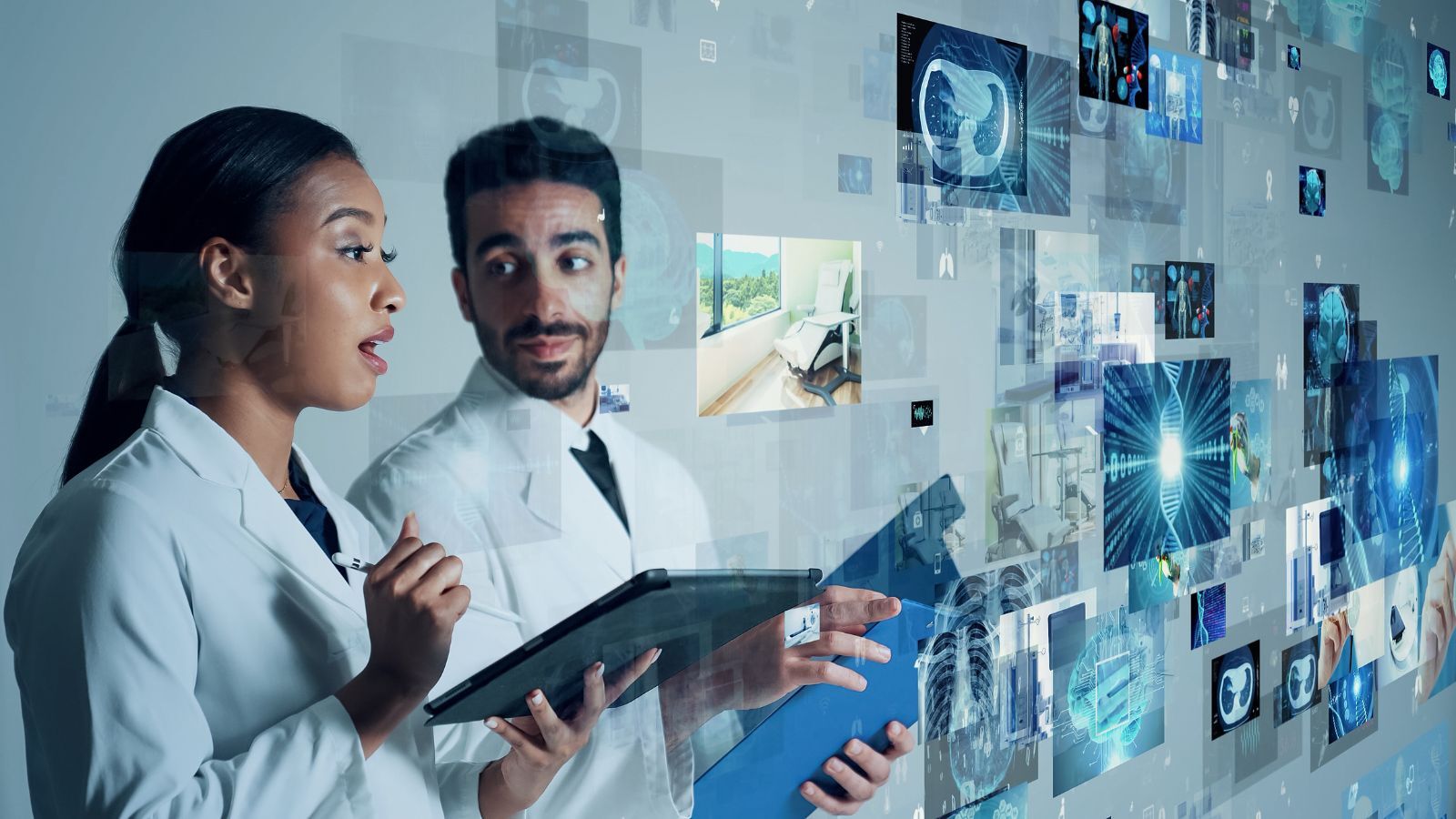
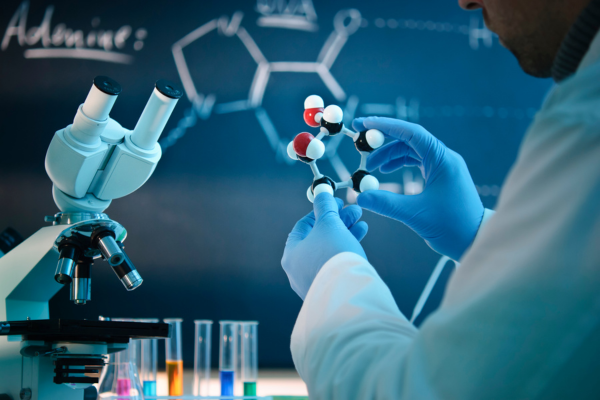
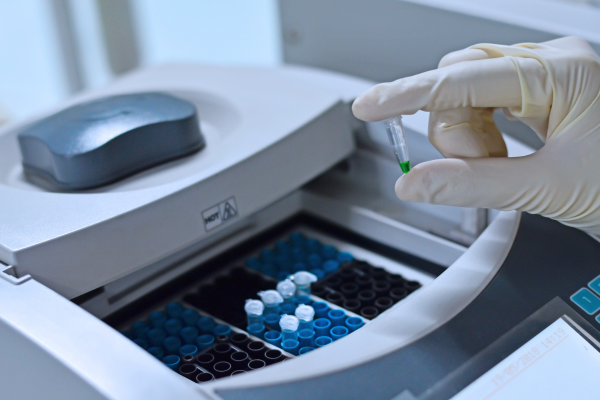
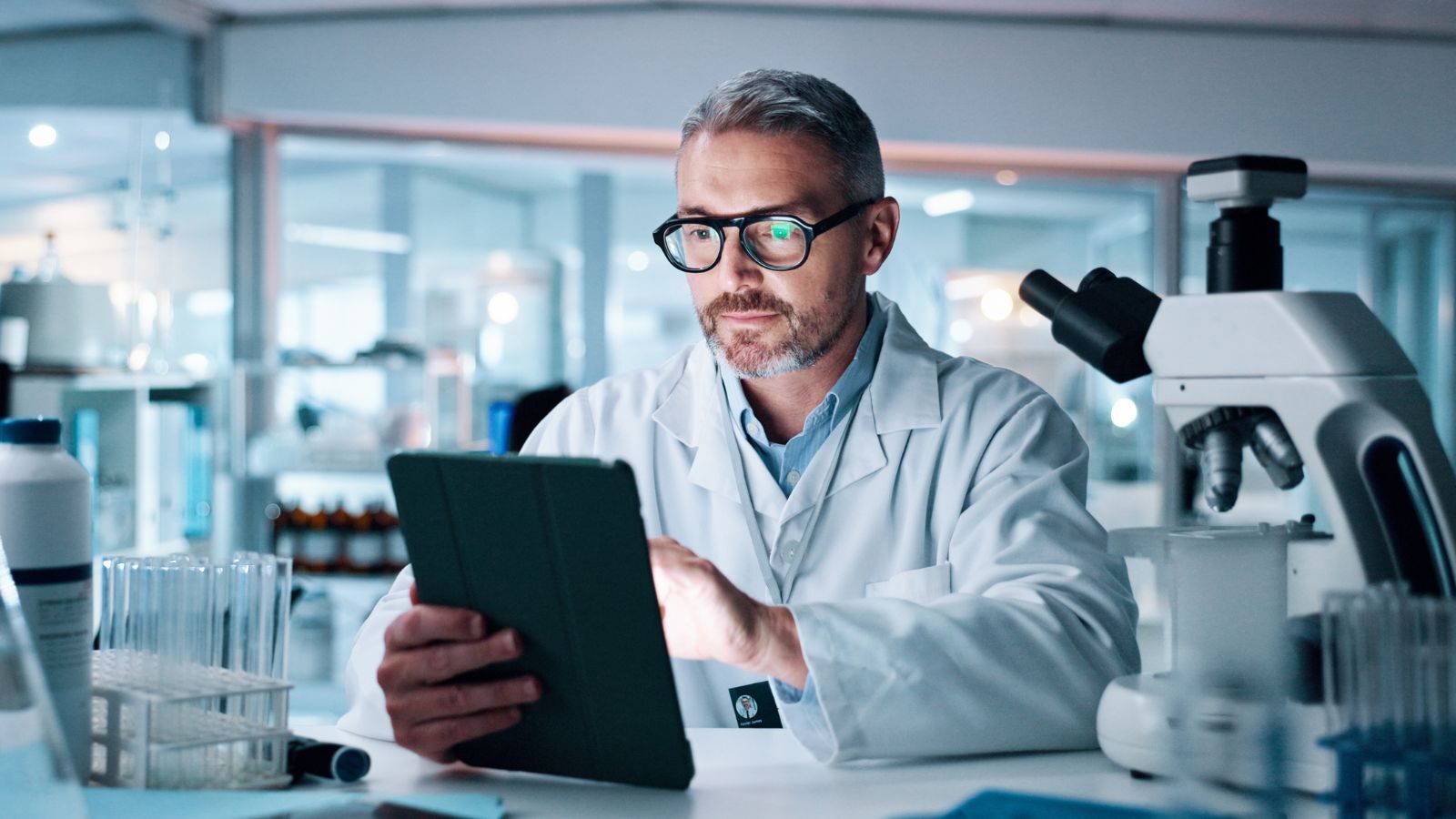
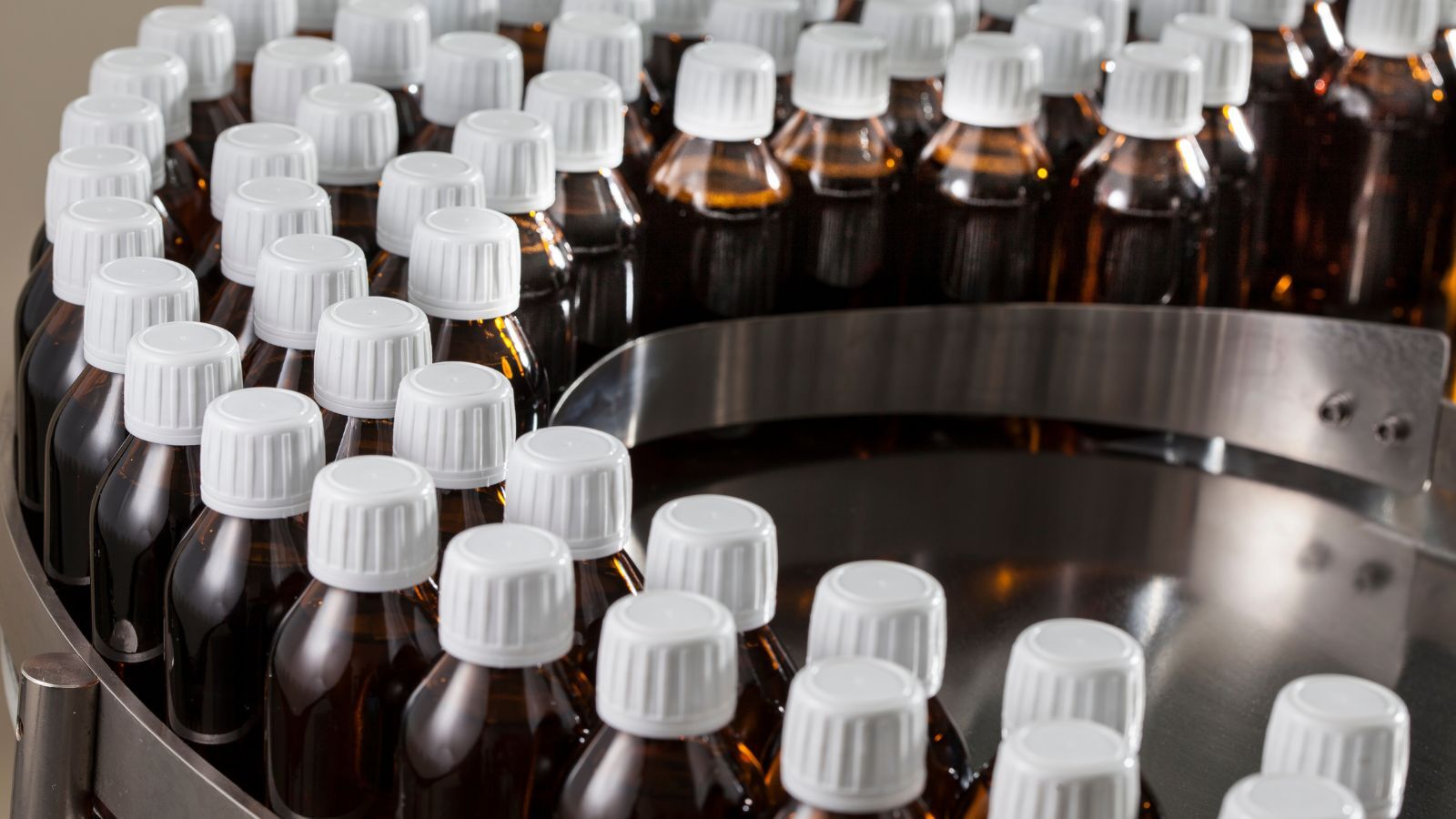
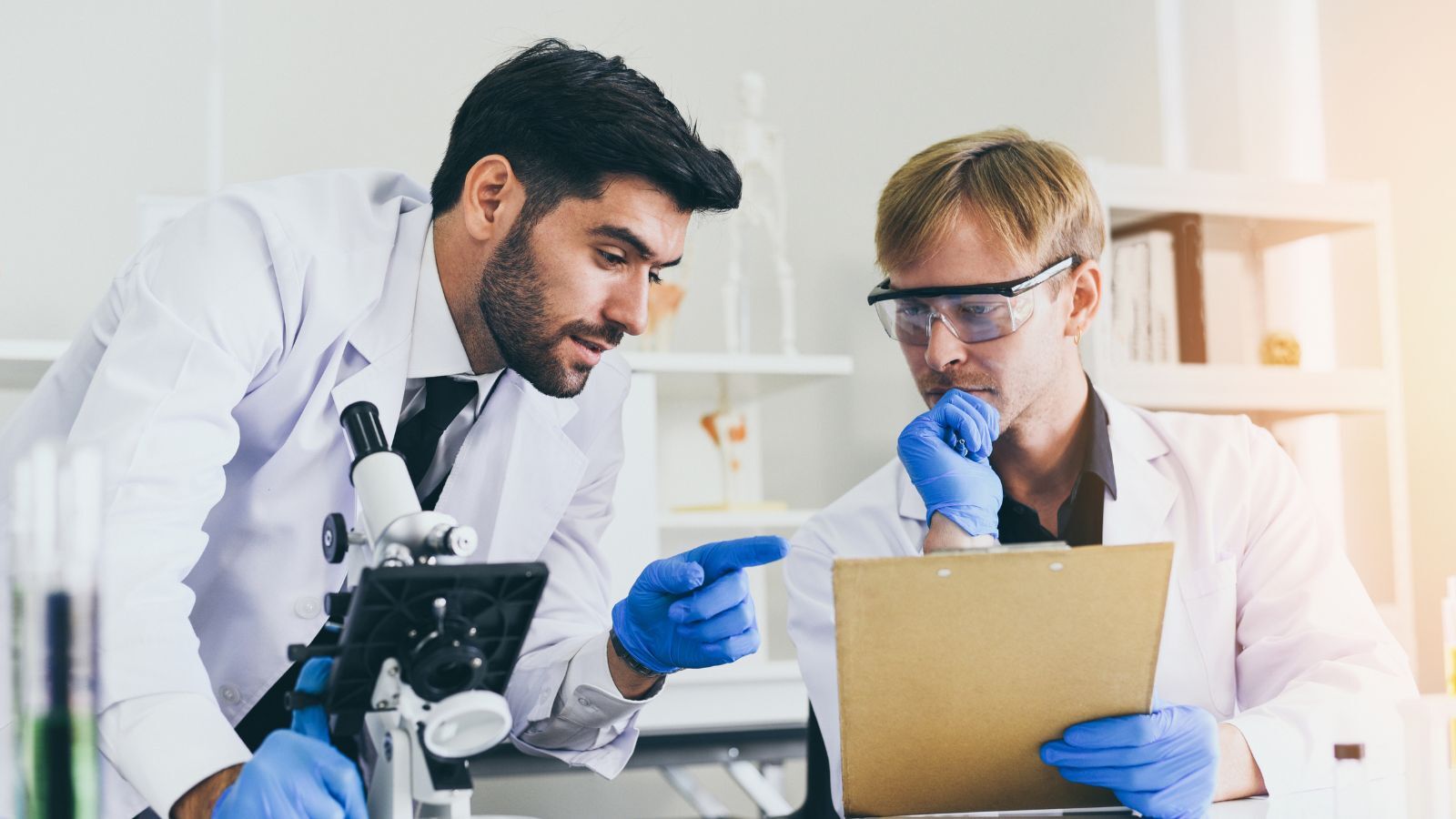
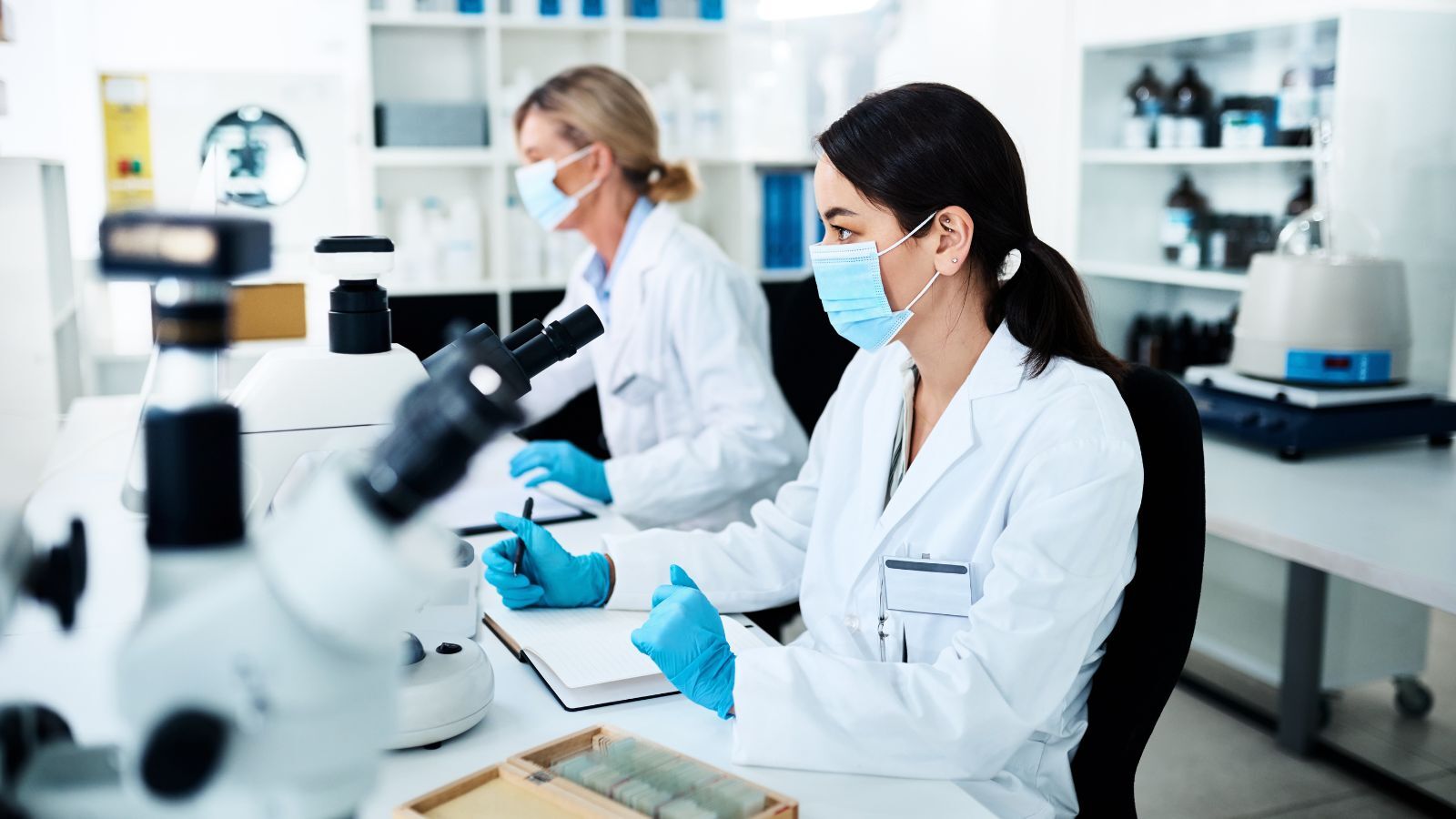
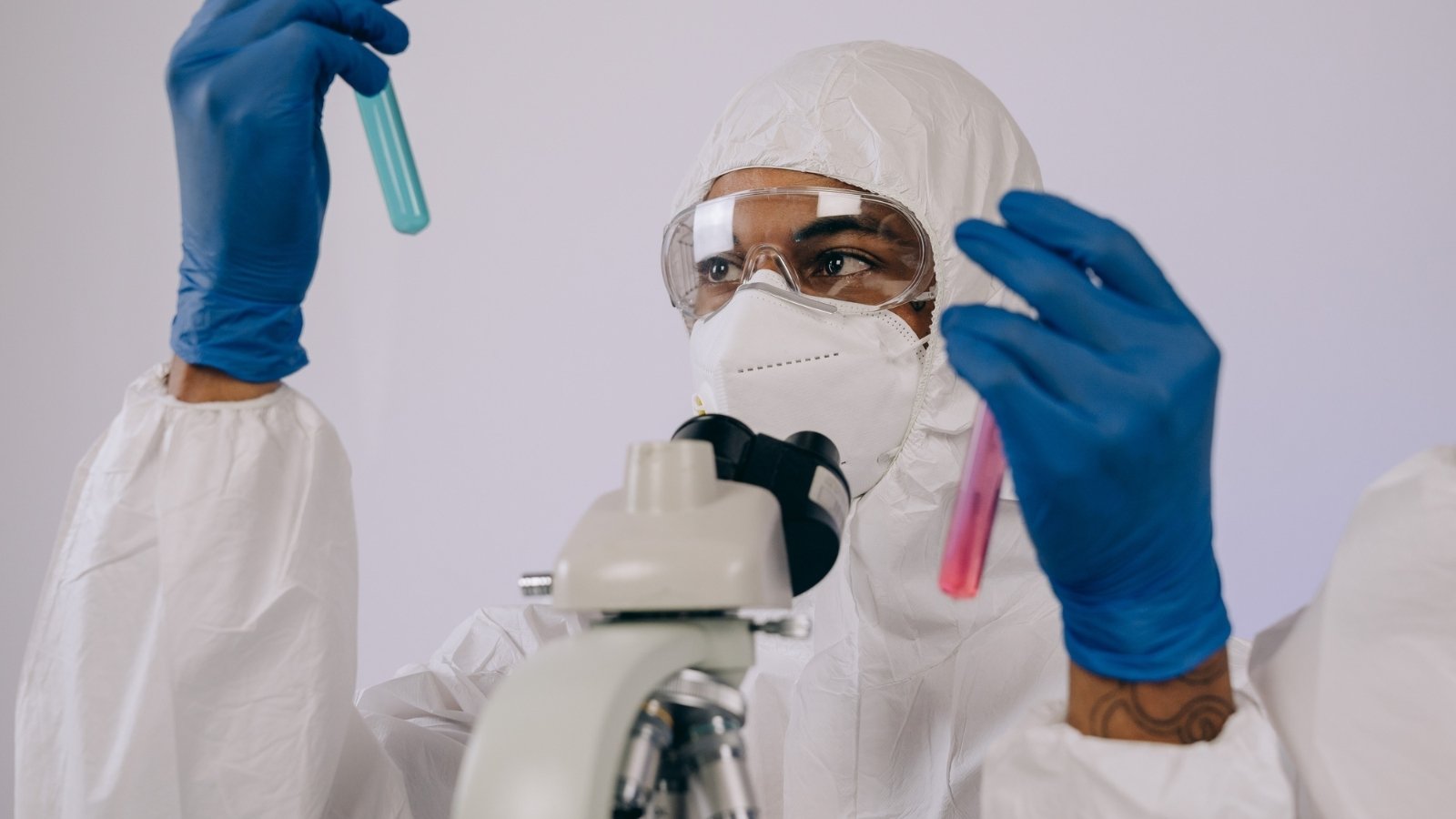

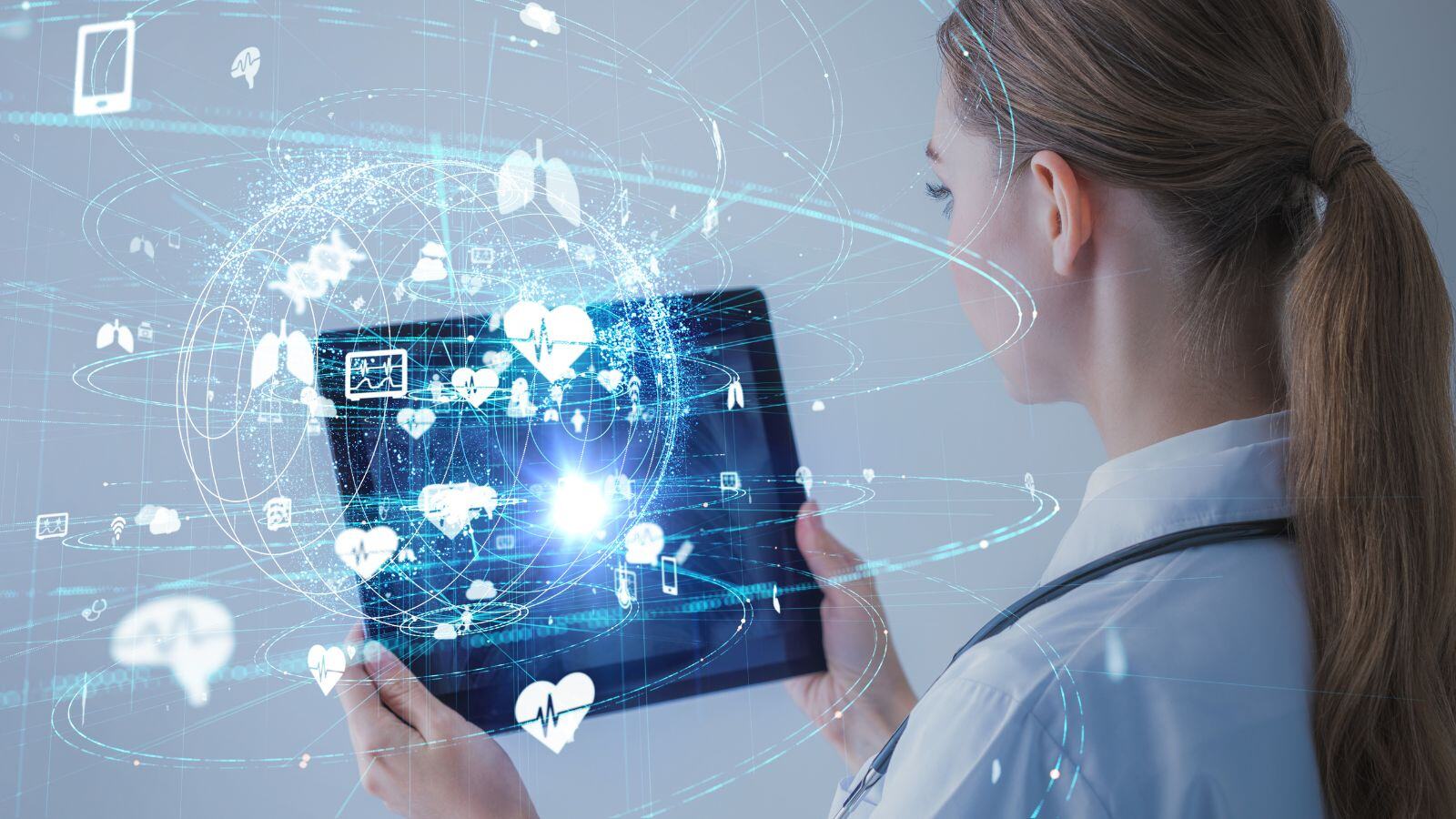

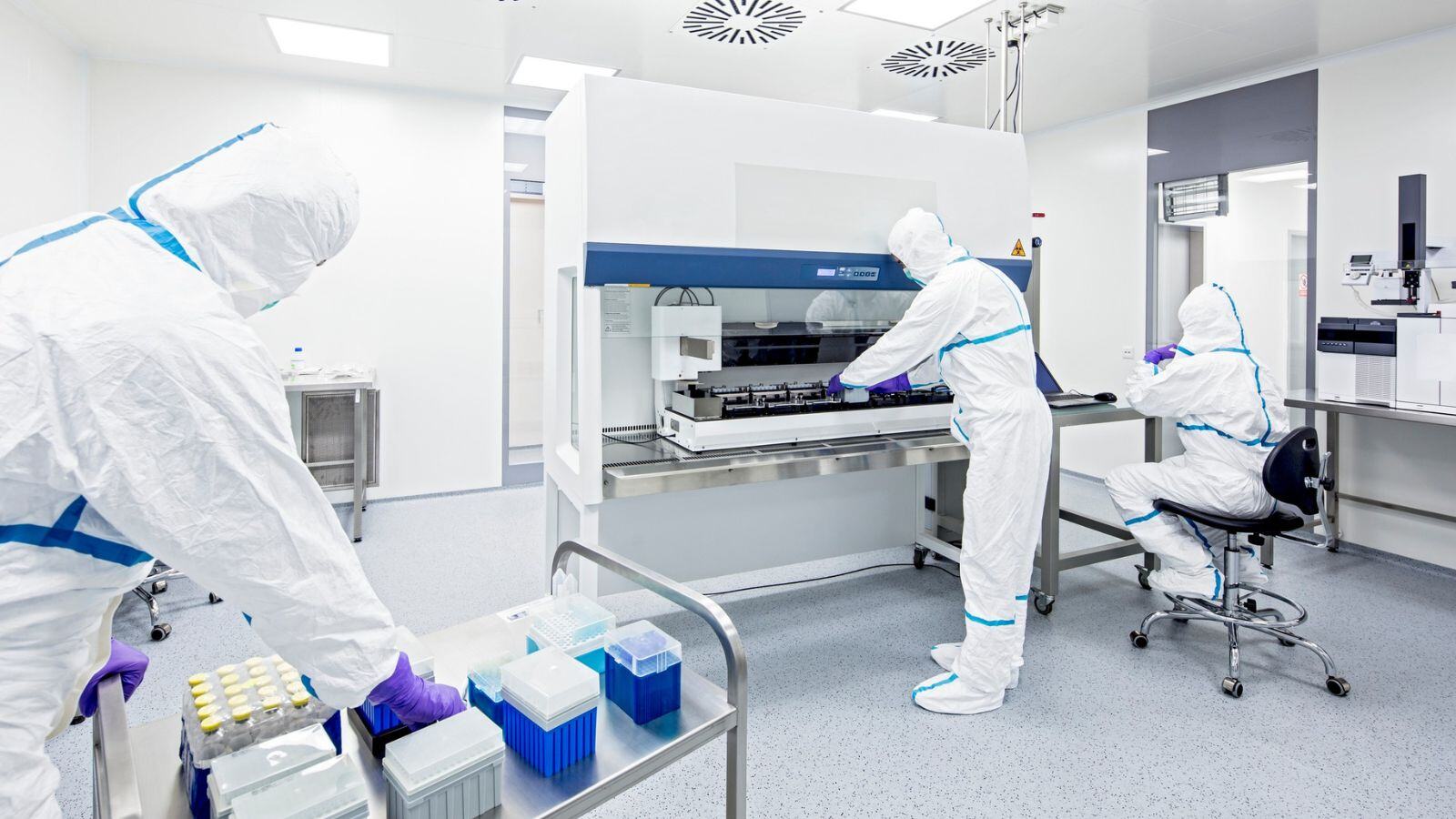
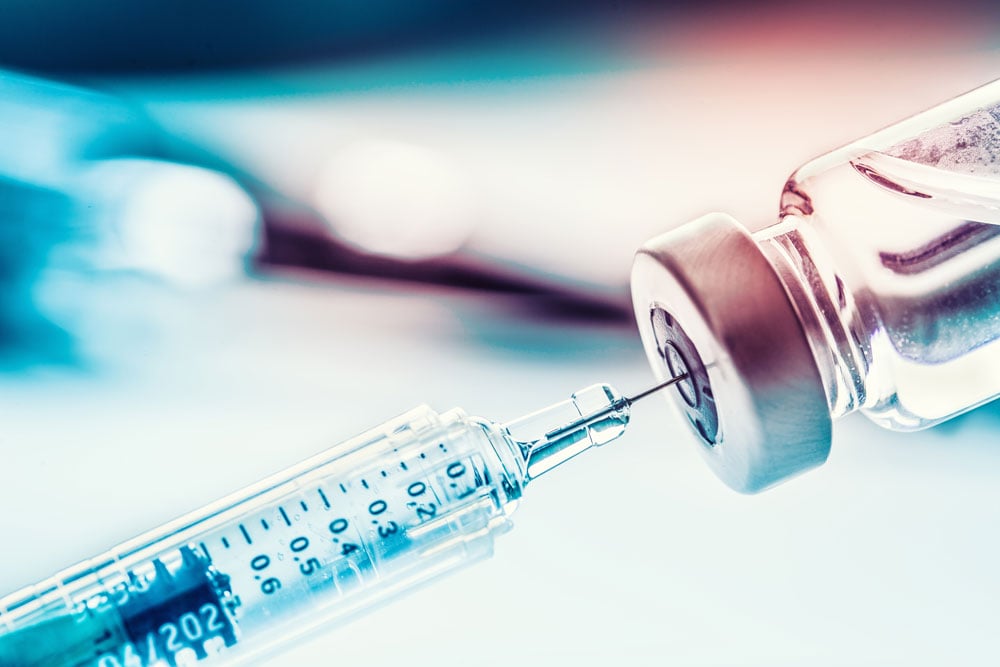
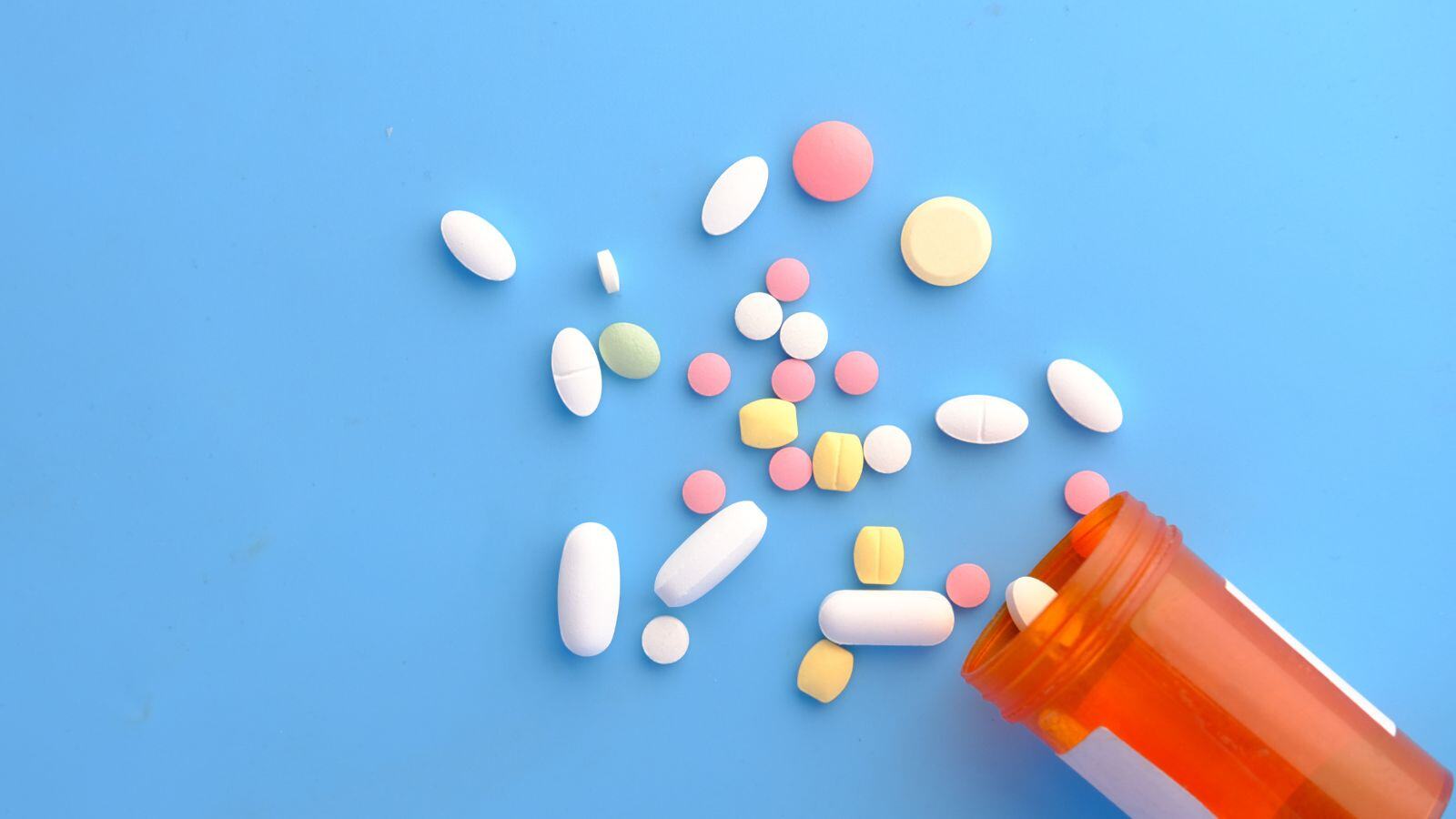

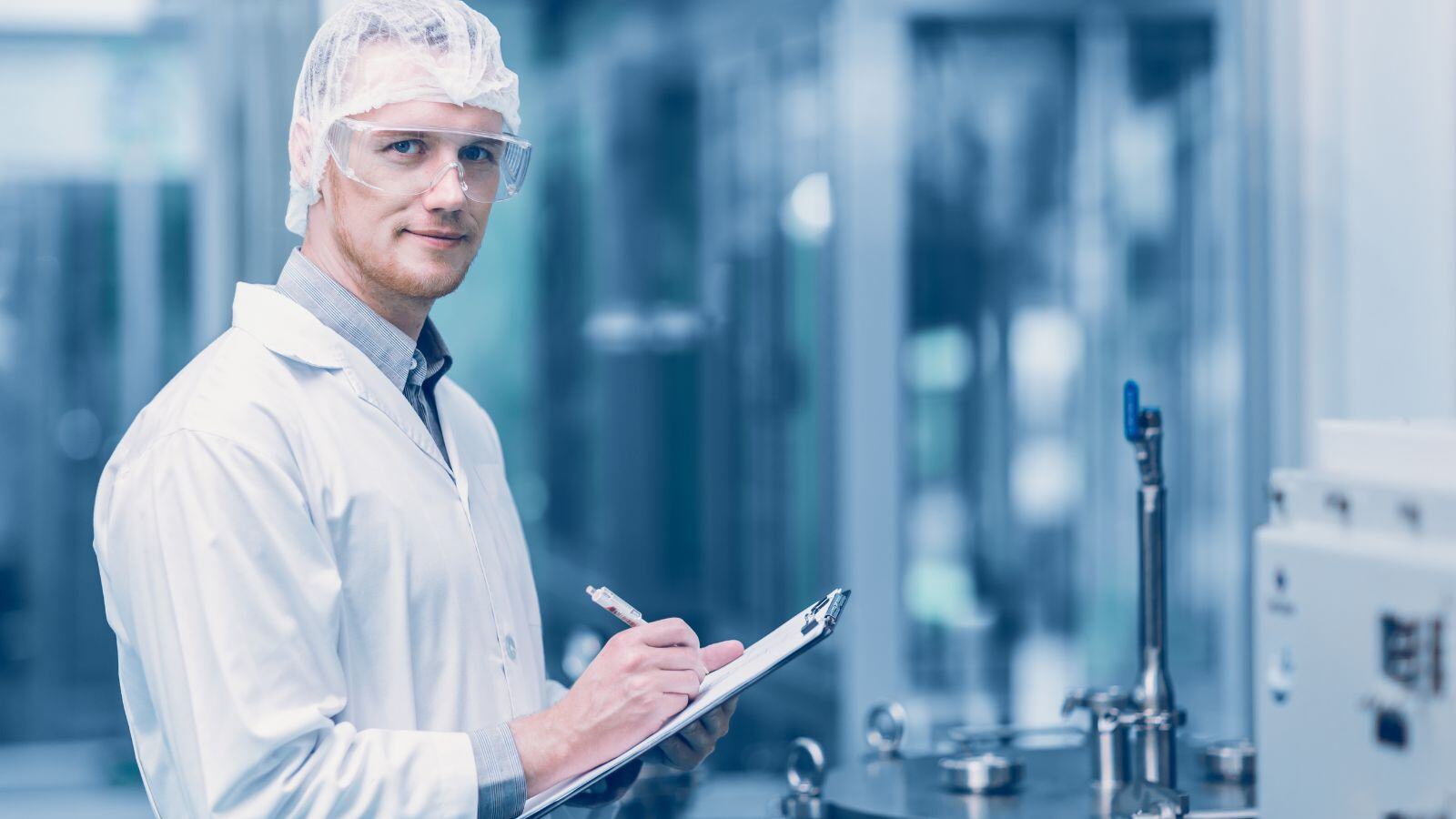
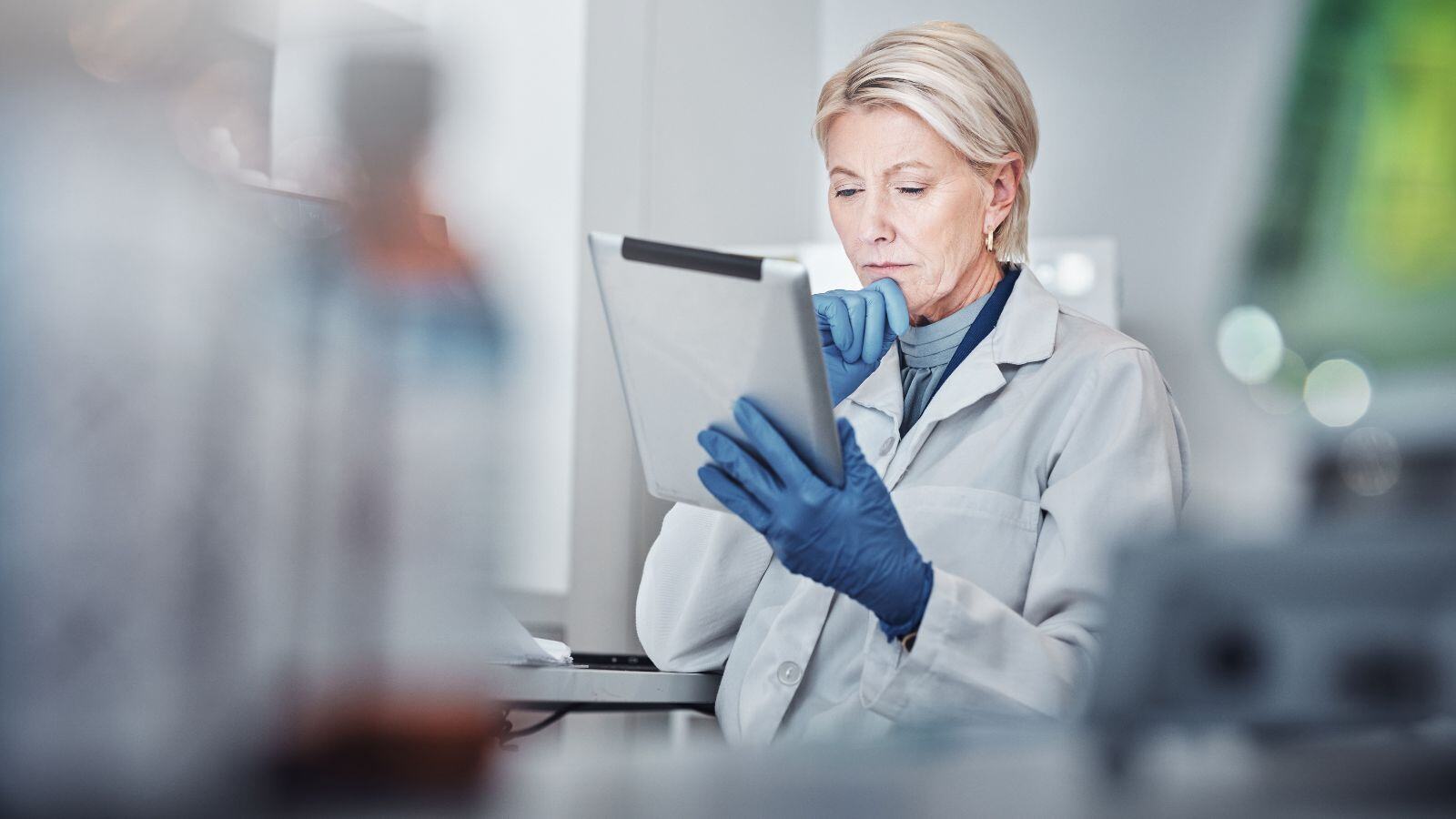
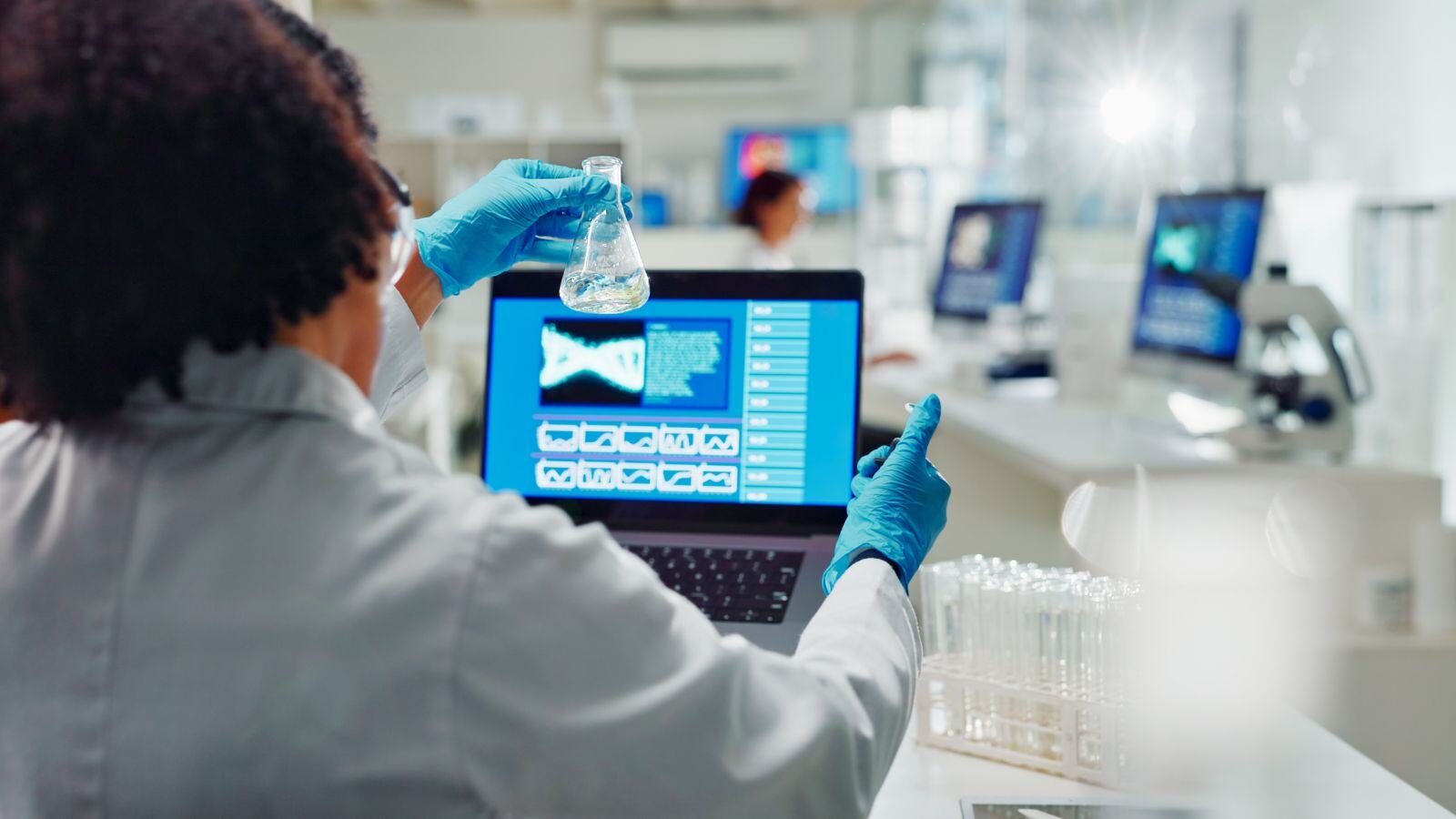
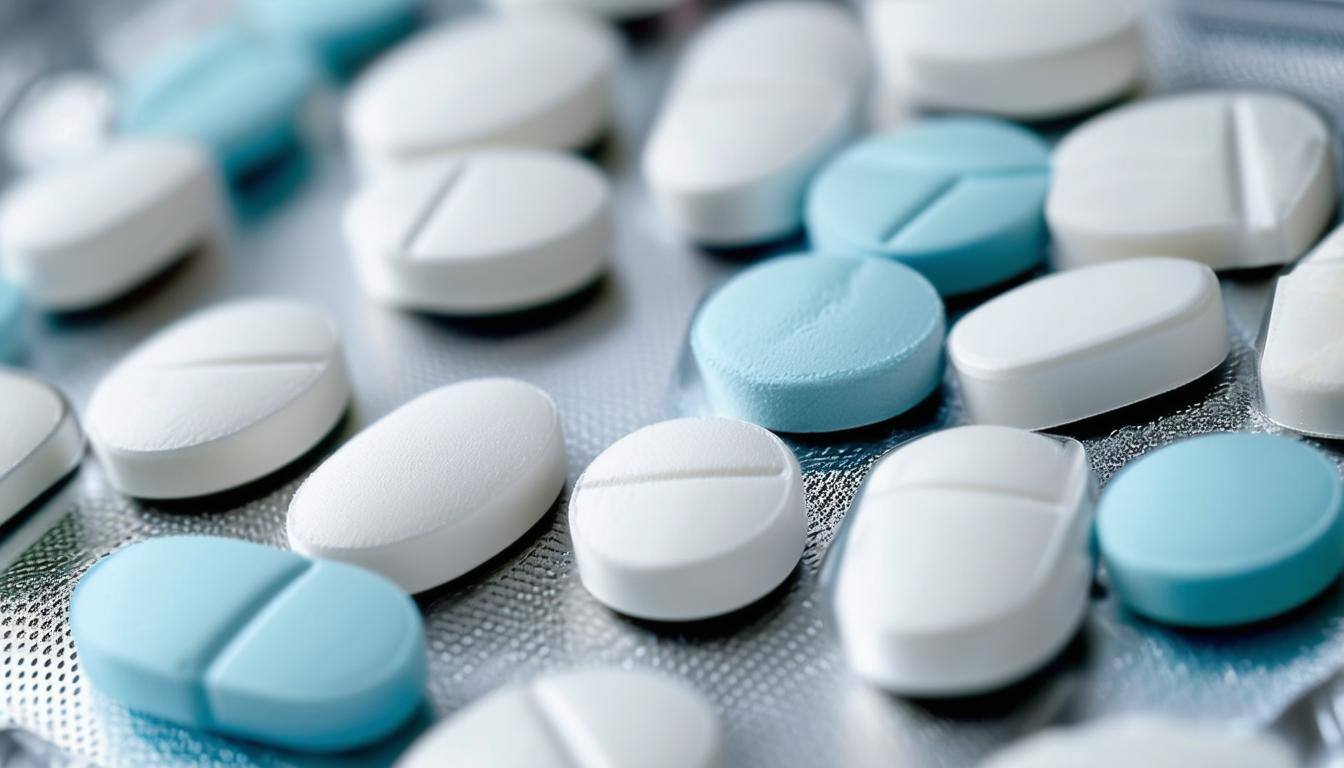

%20Checklist.jpg)

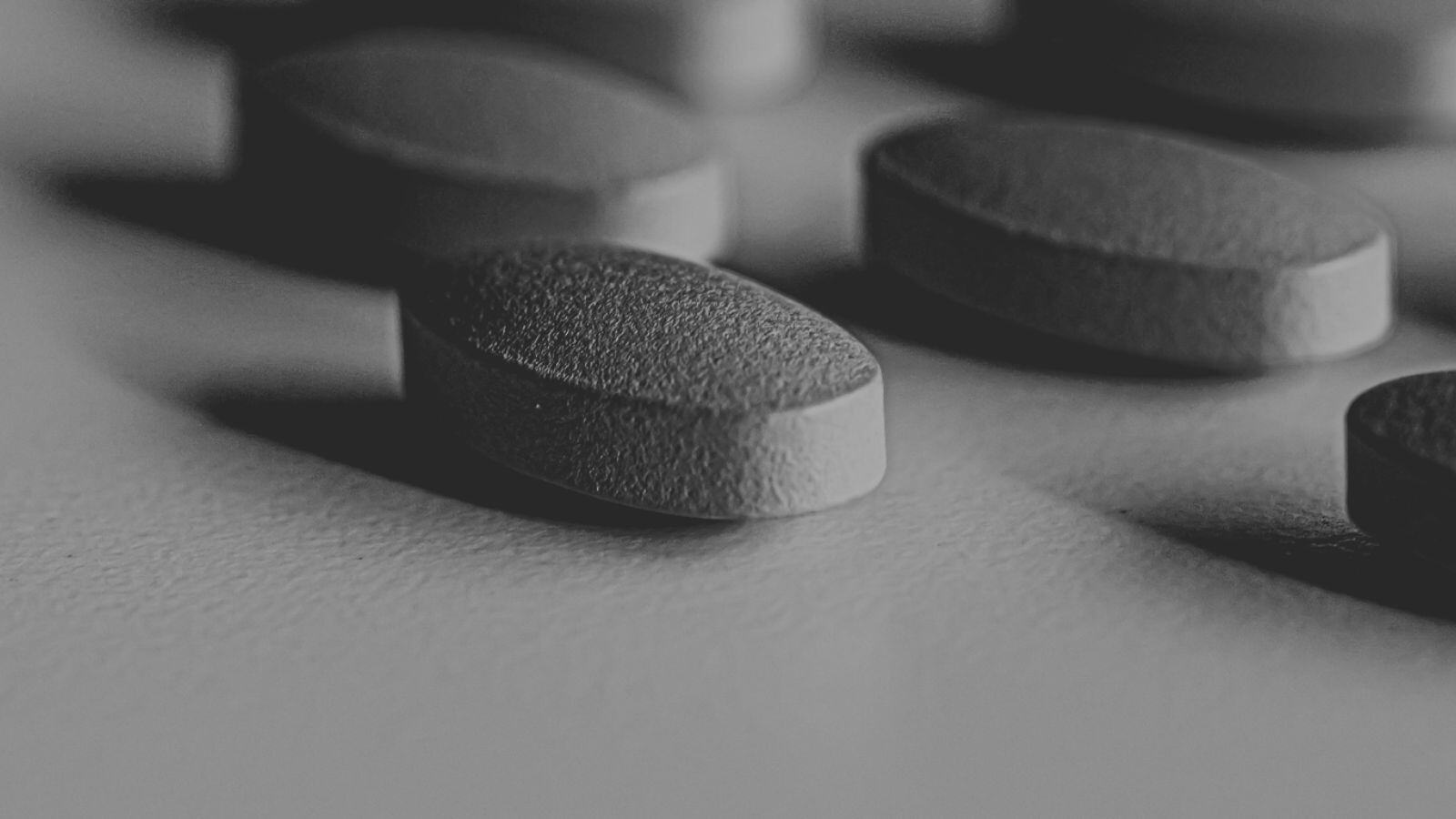

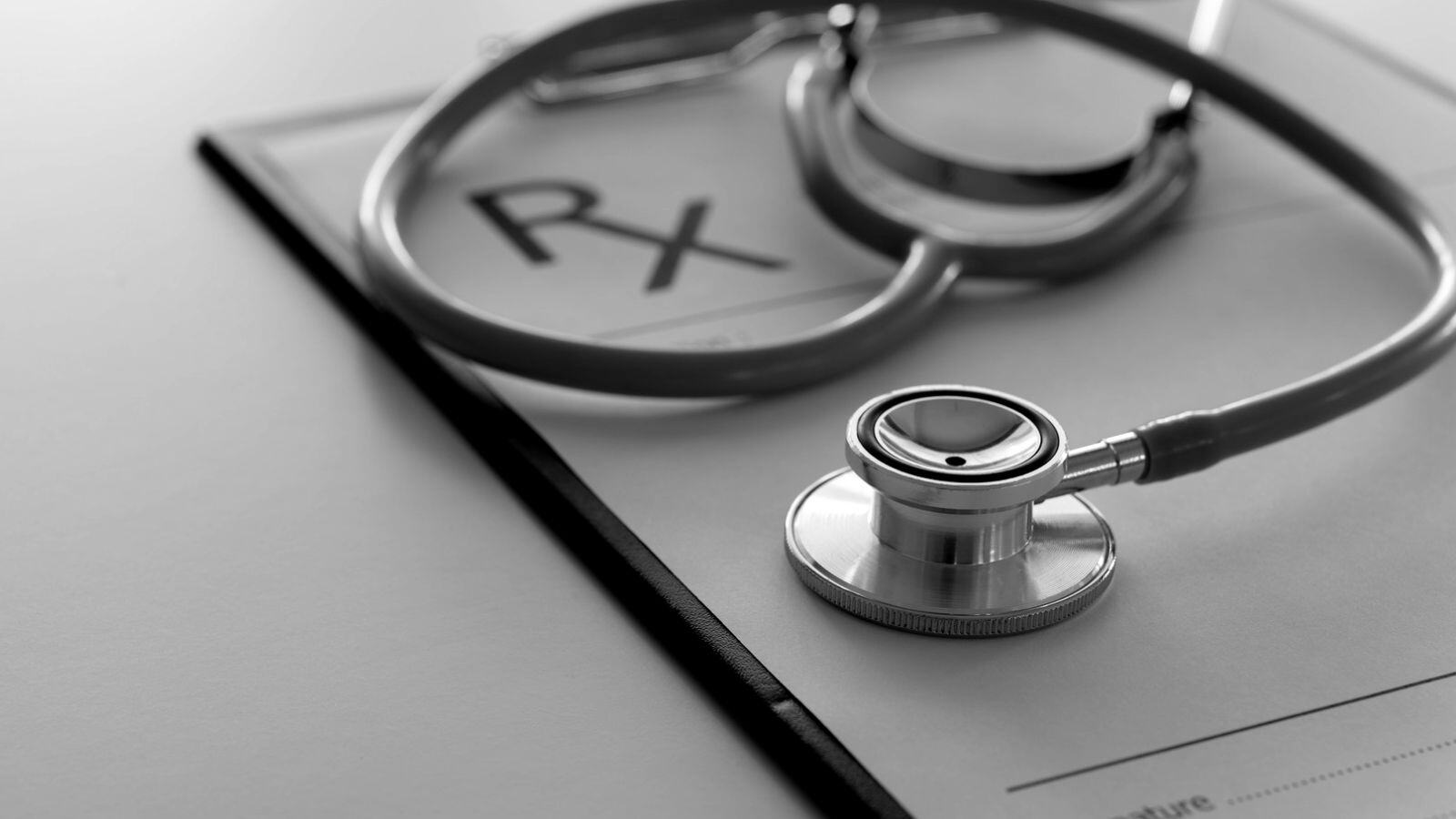
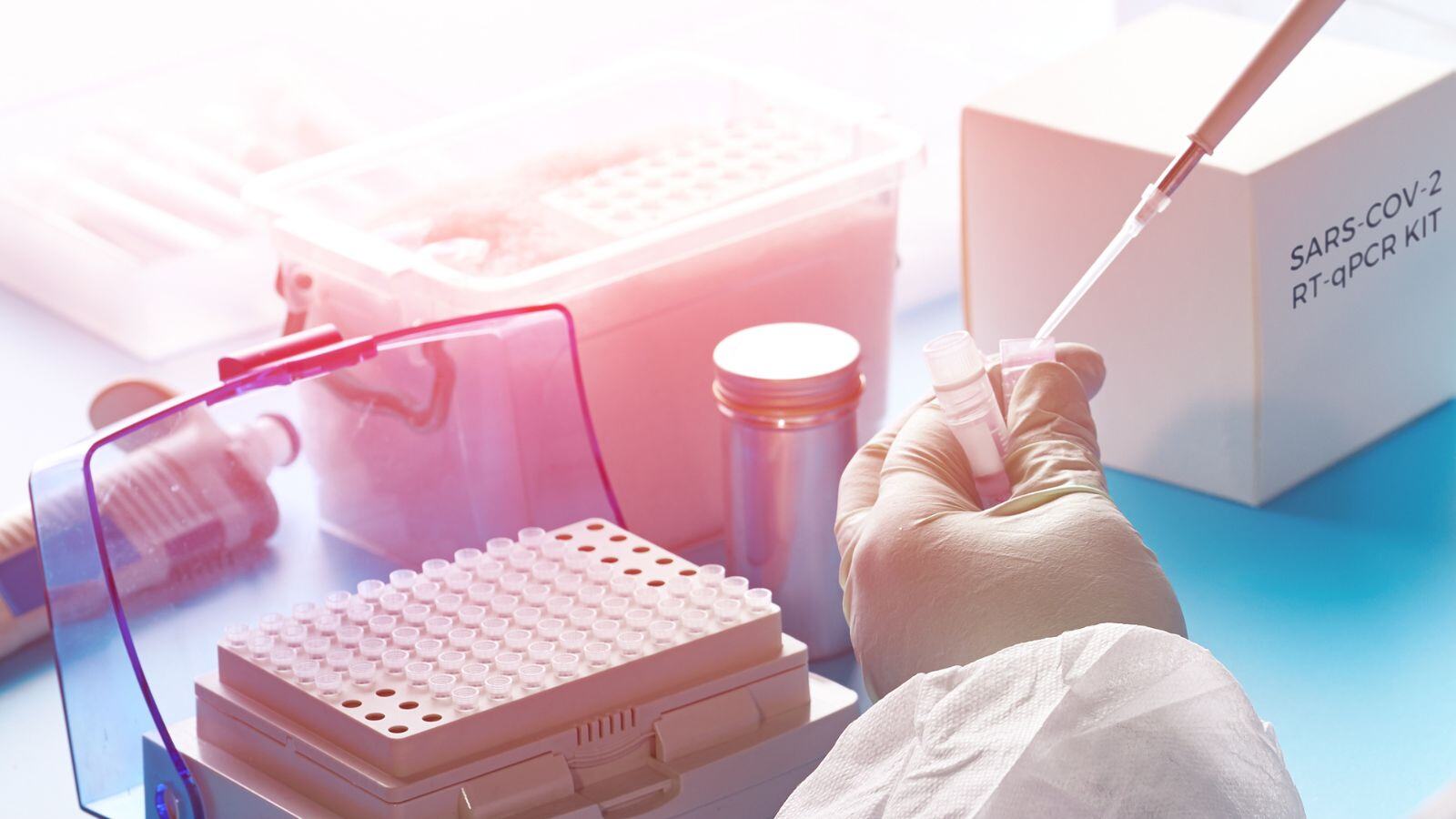


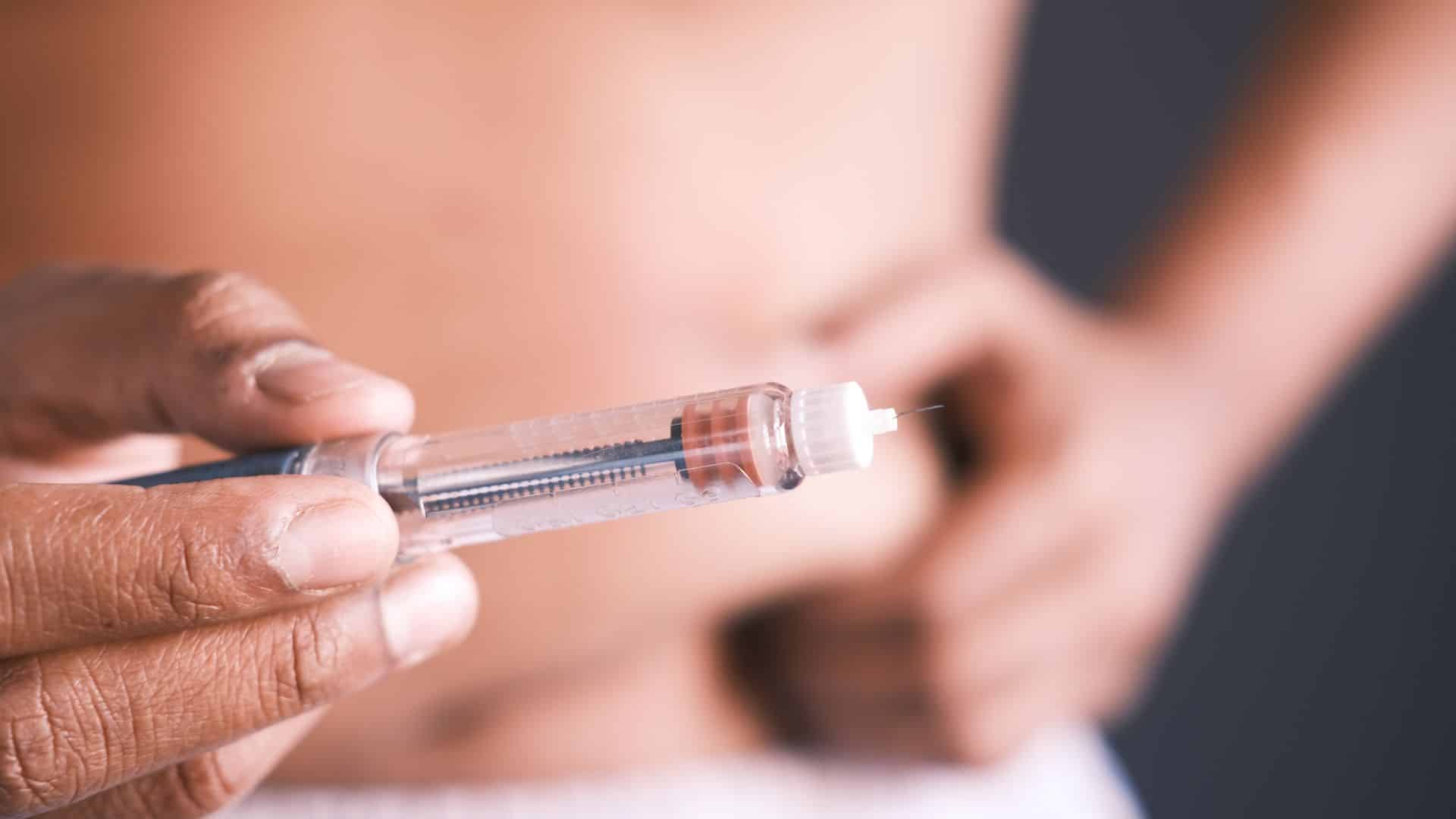
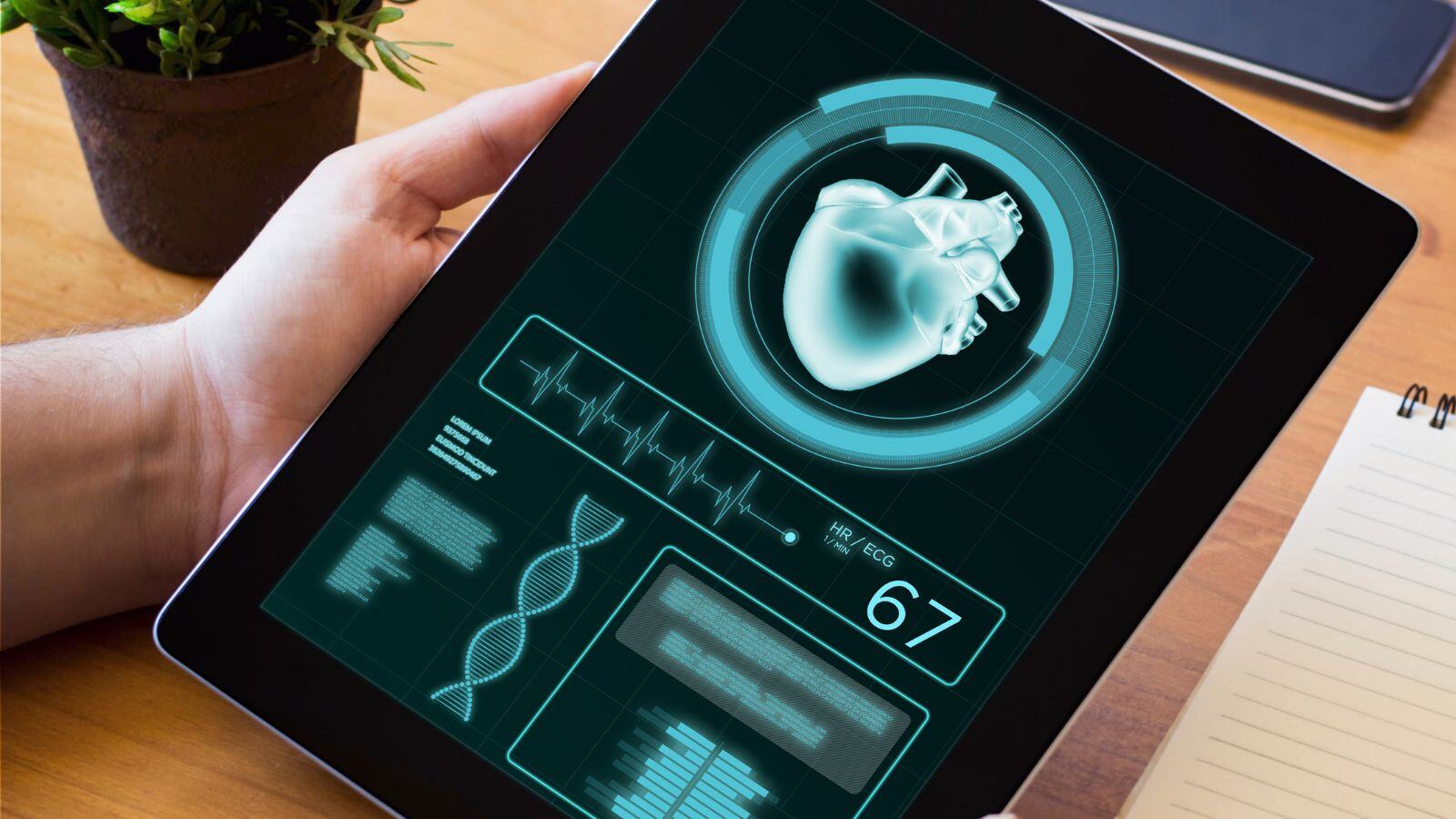

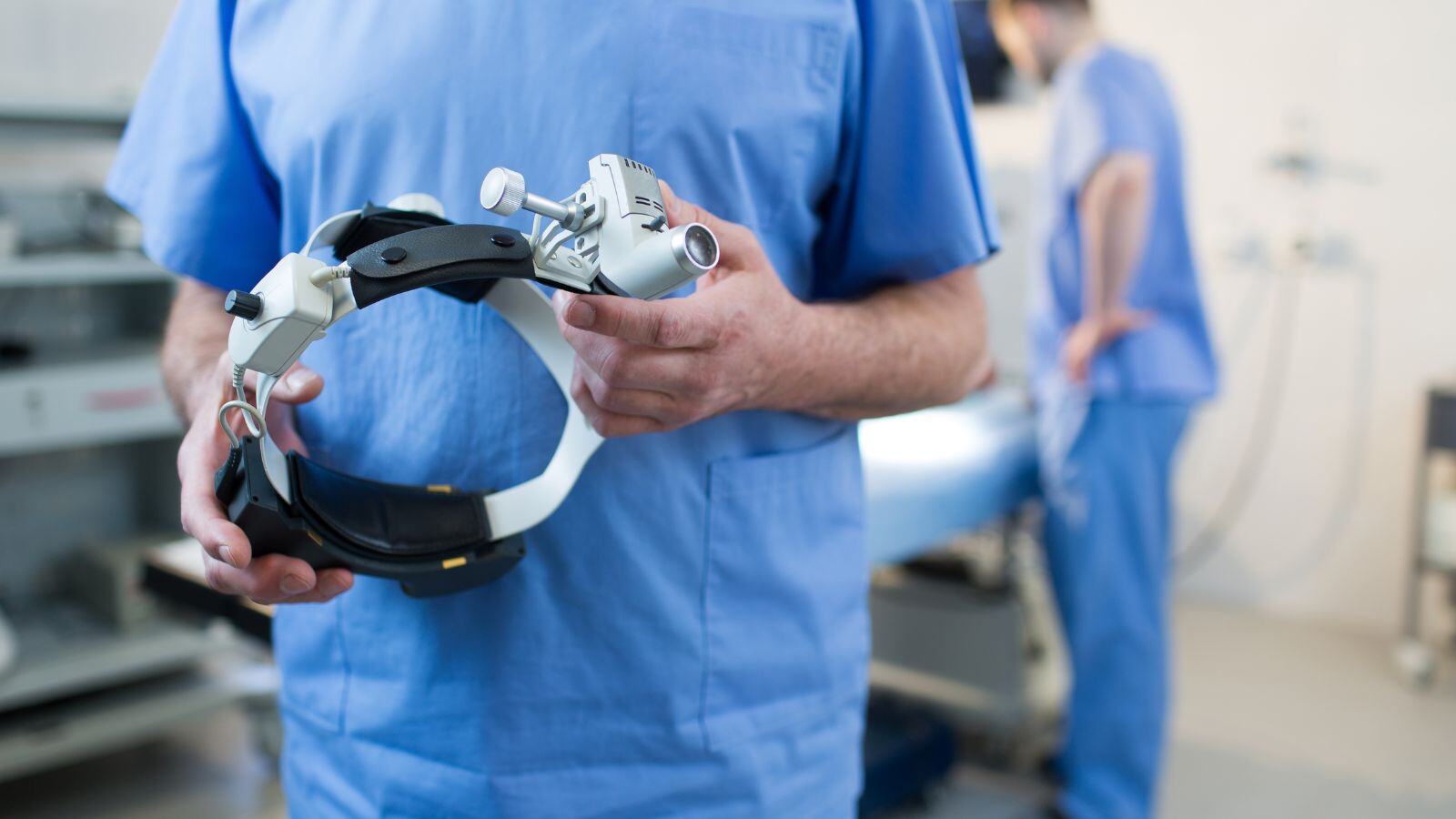
.jpg)
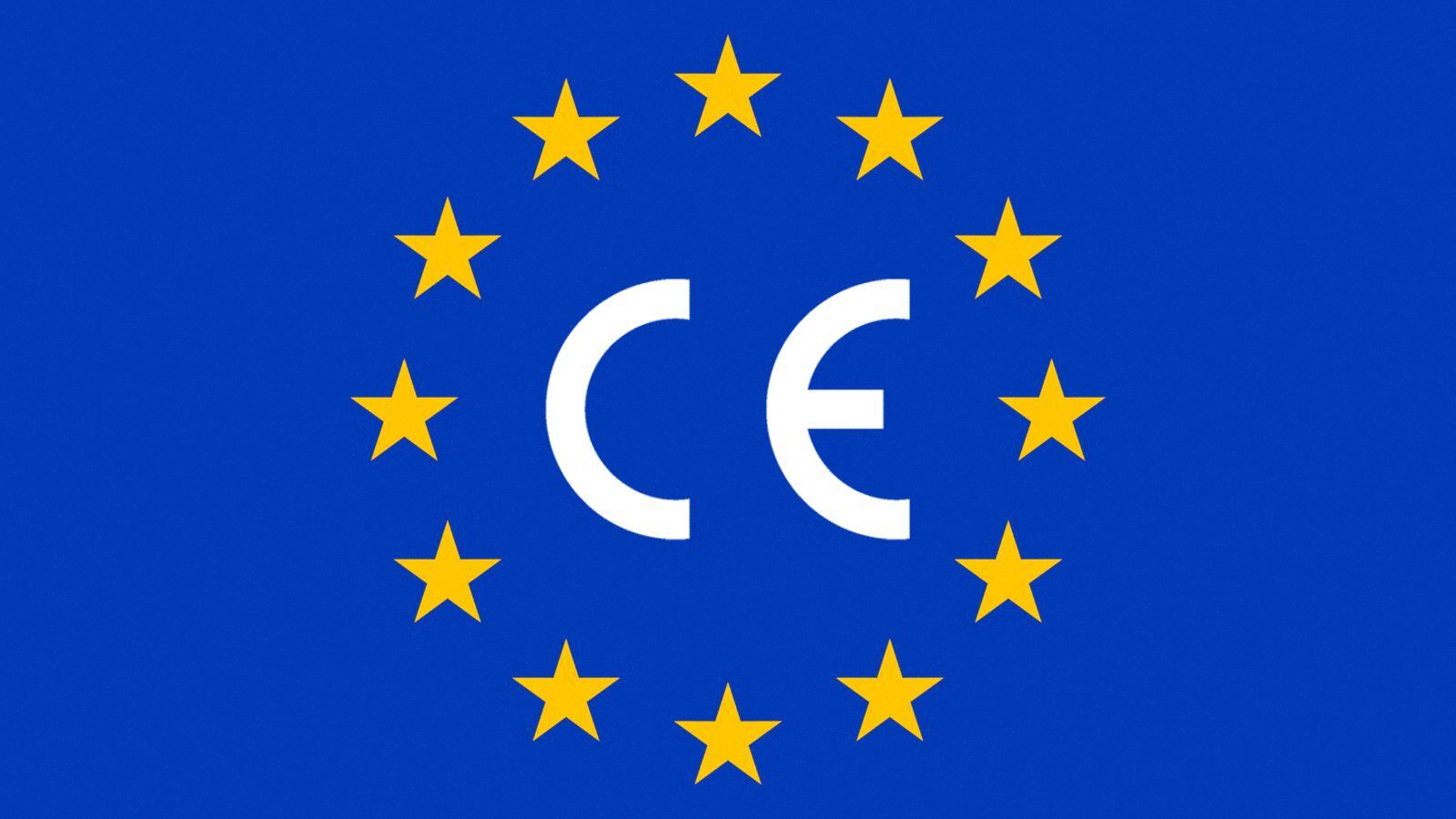


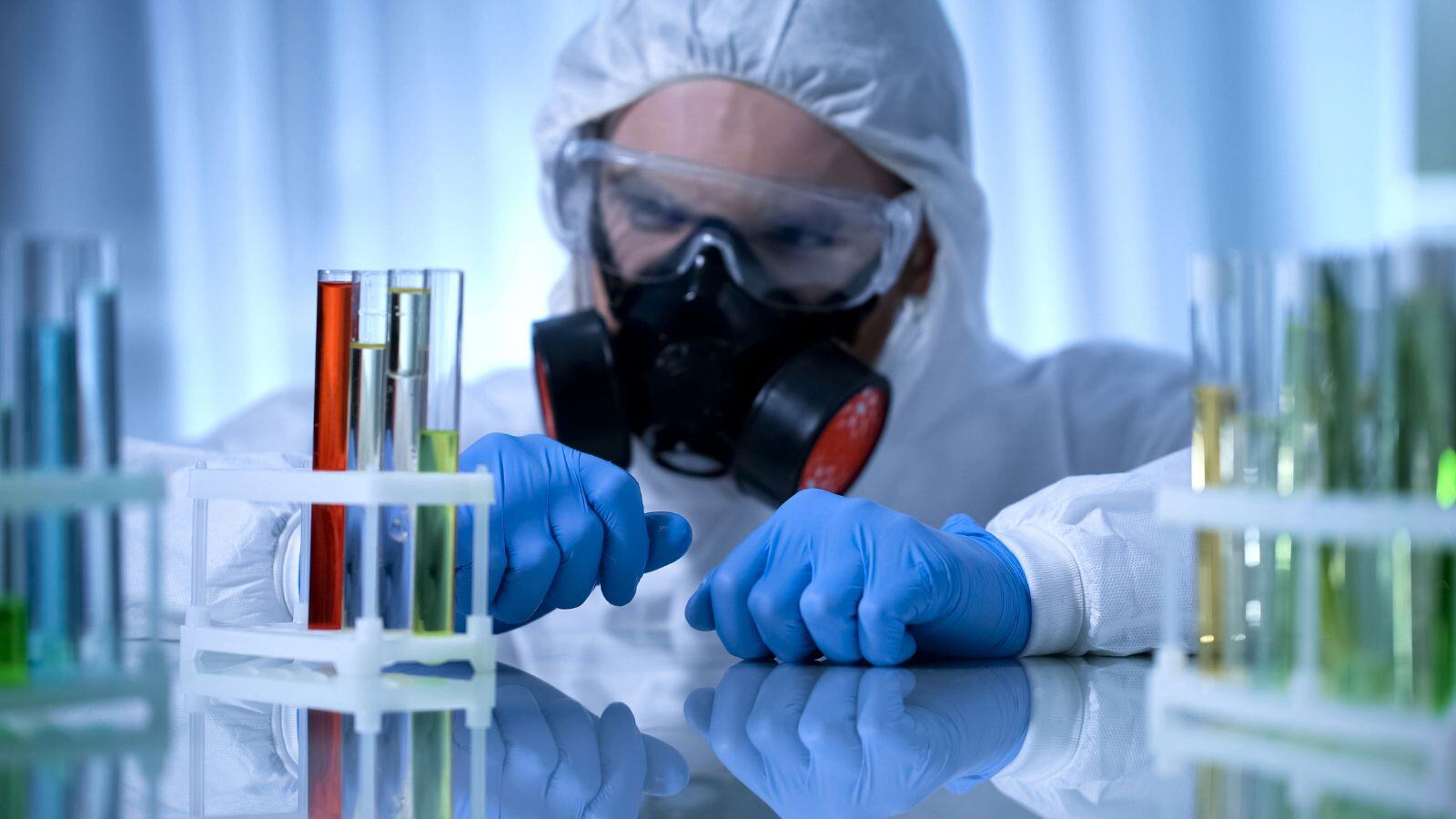
.jpg)
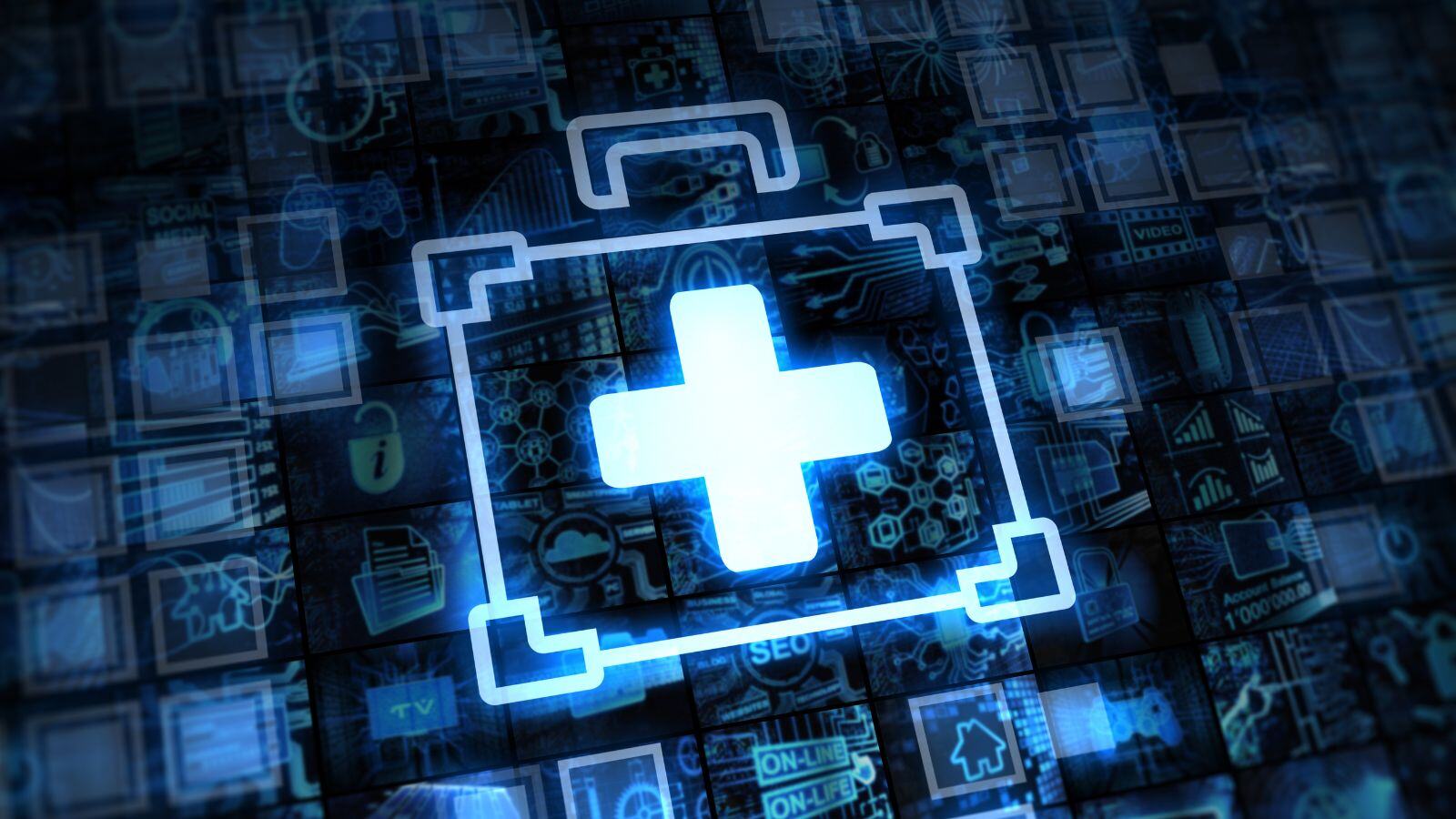
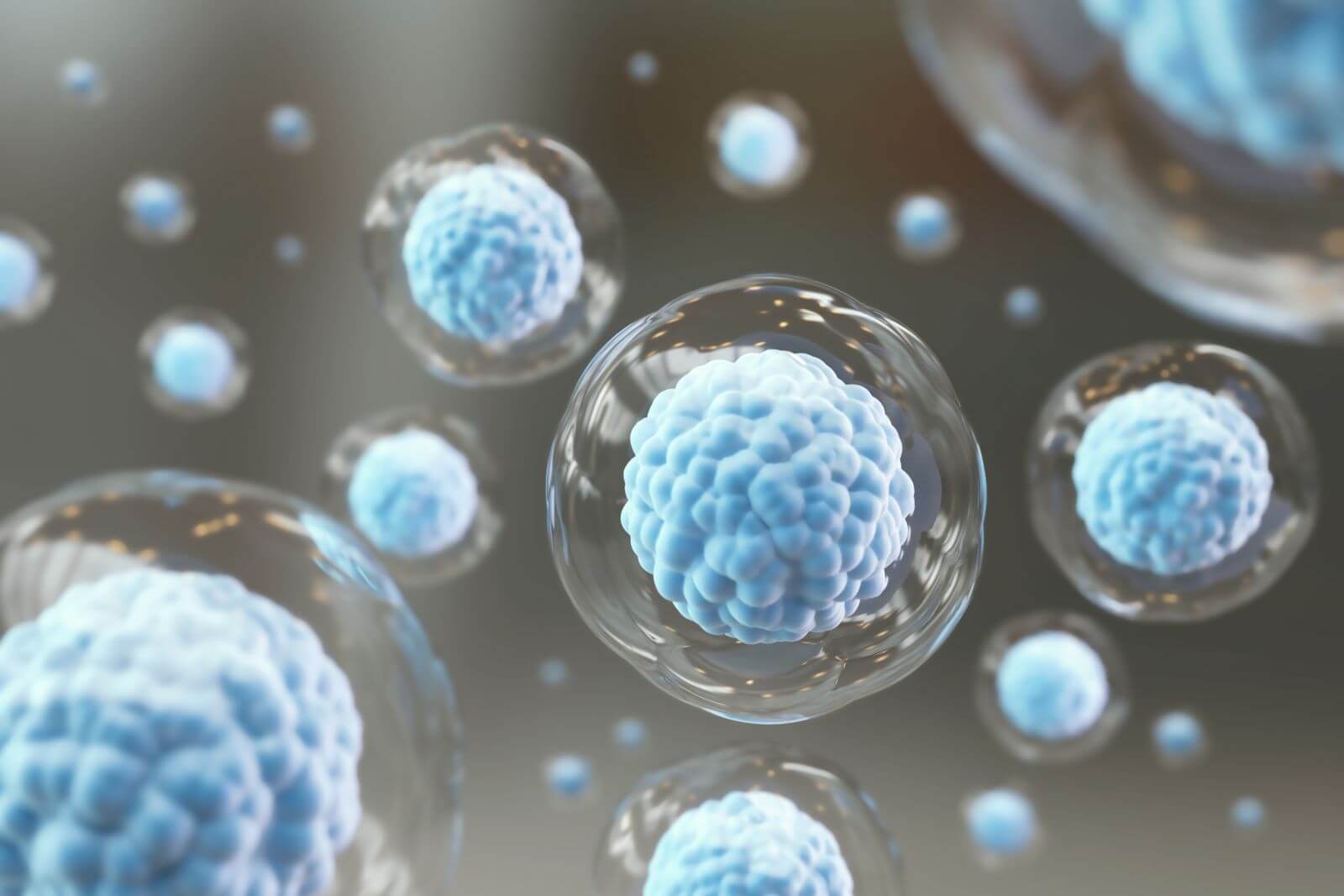
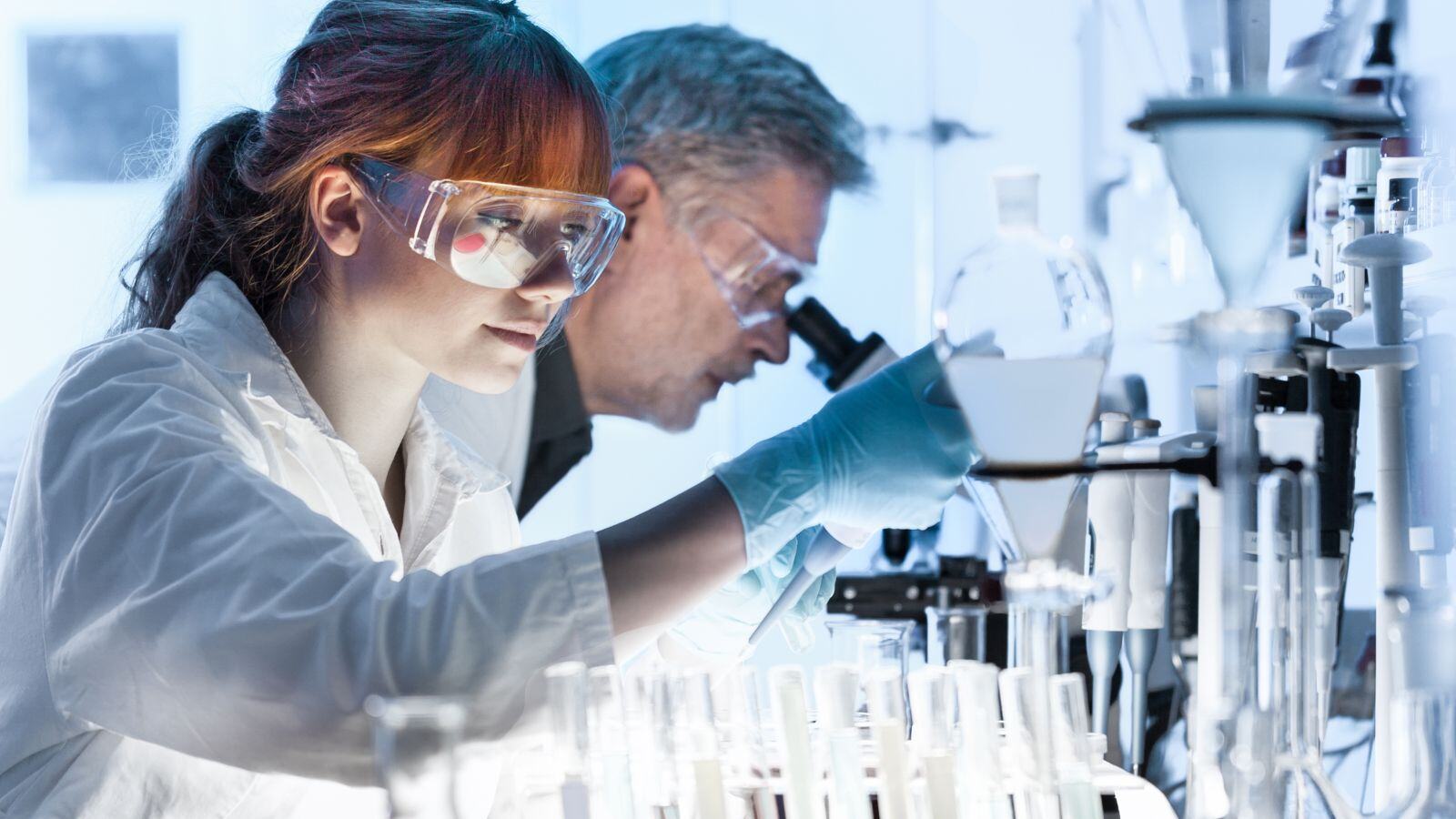
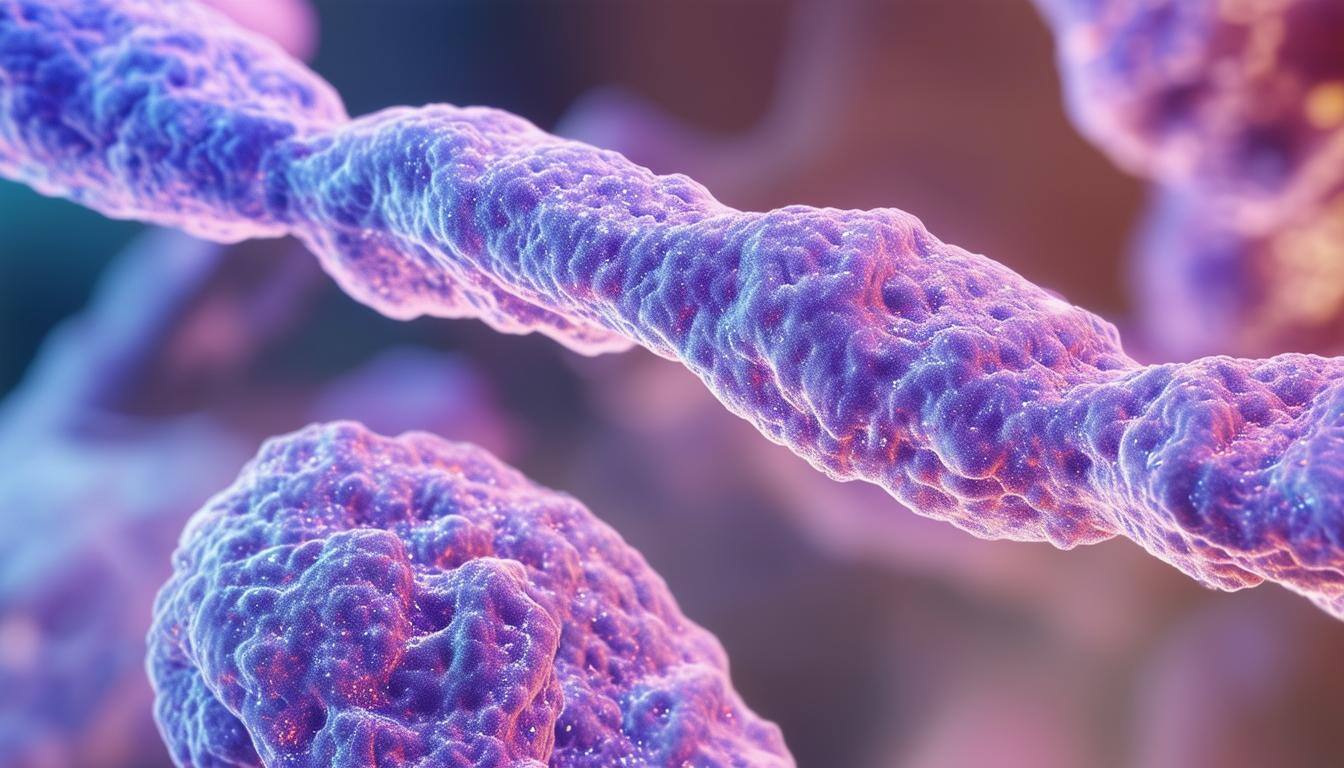
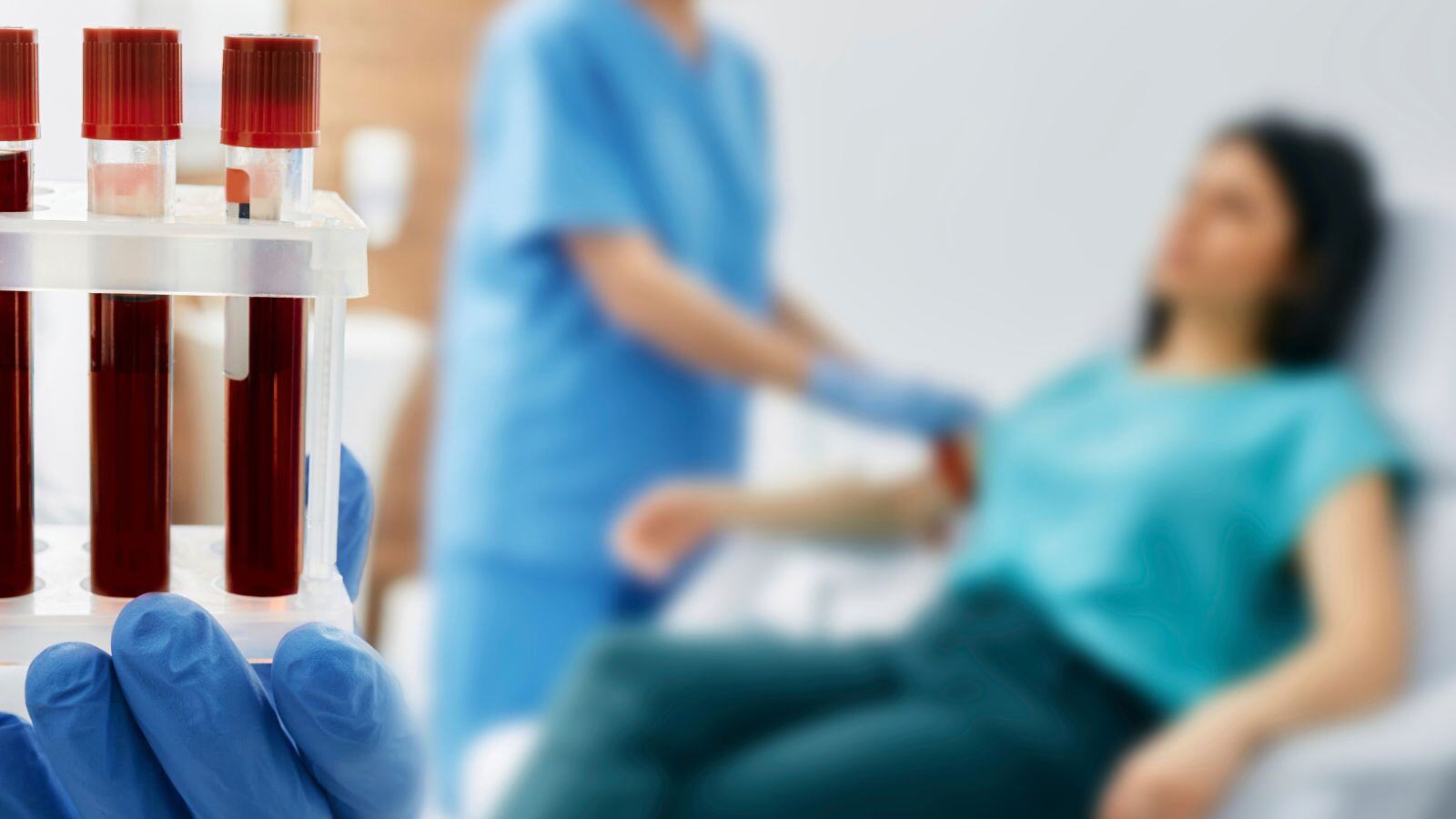
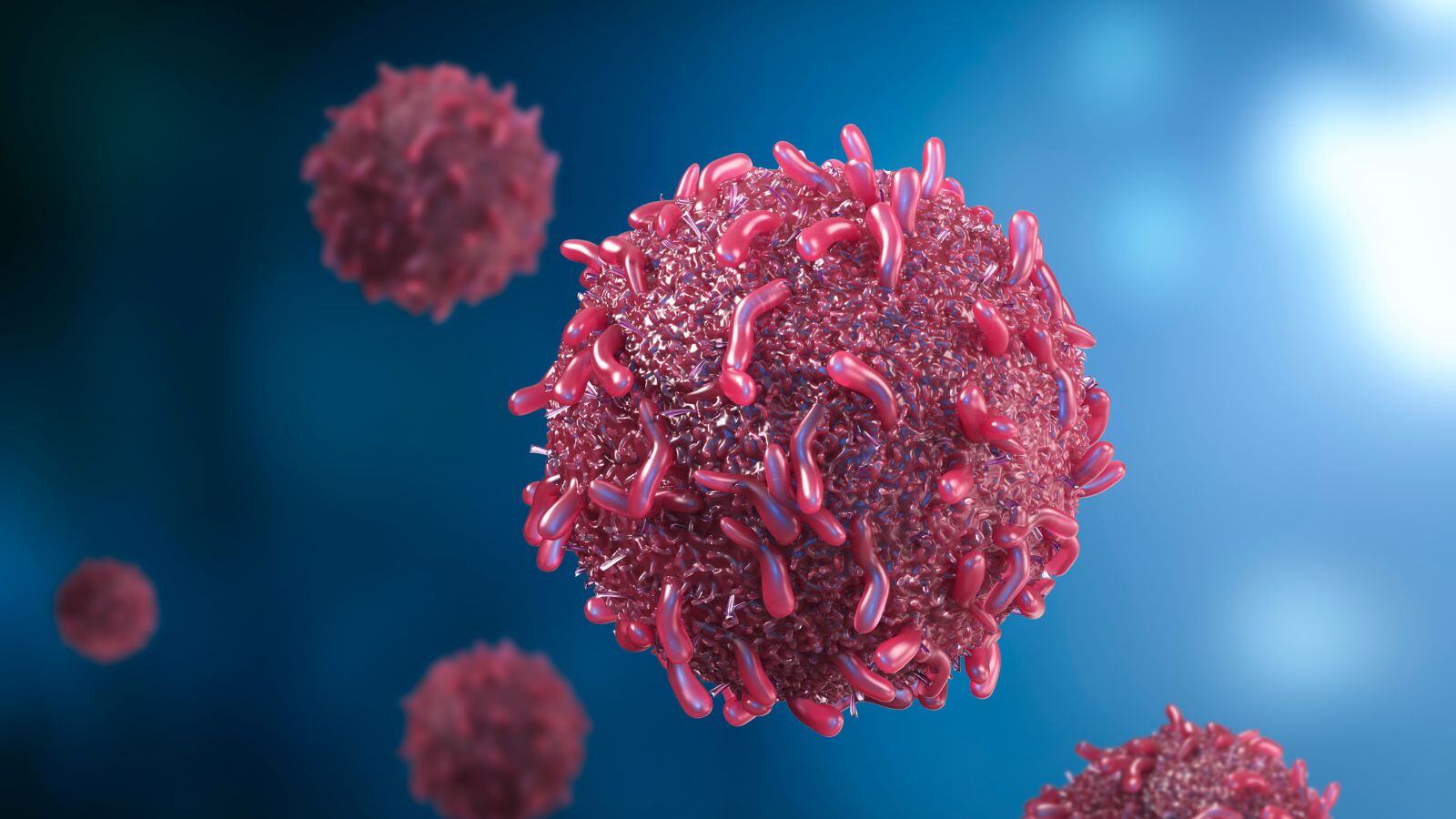
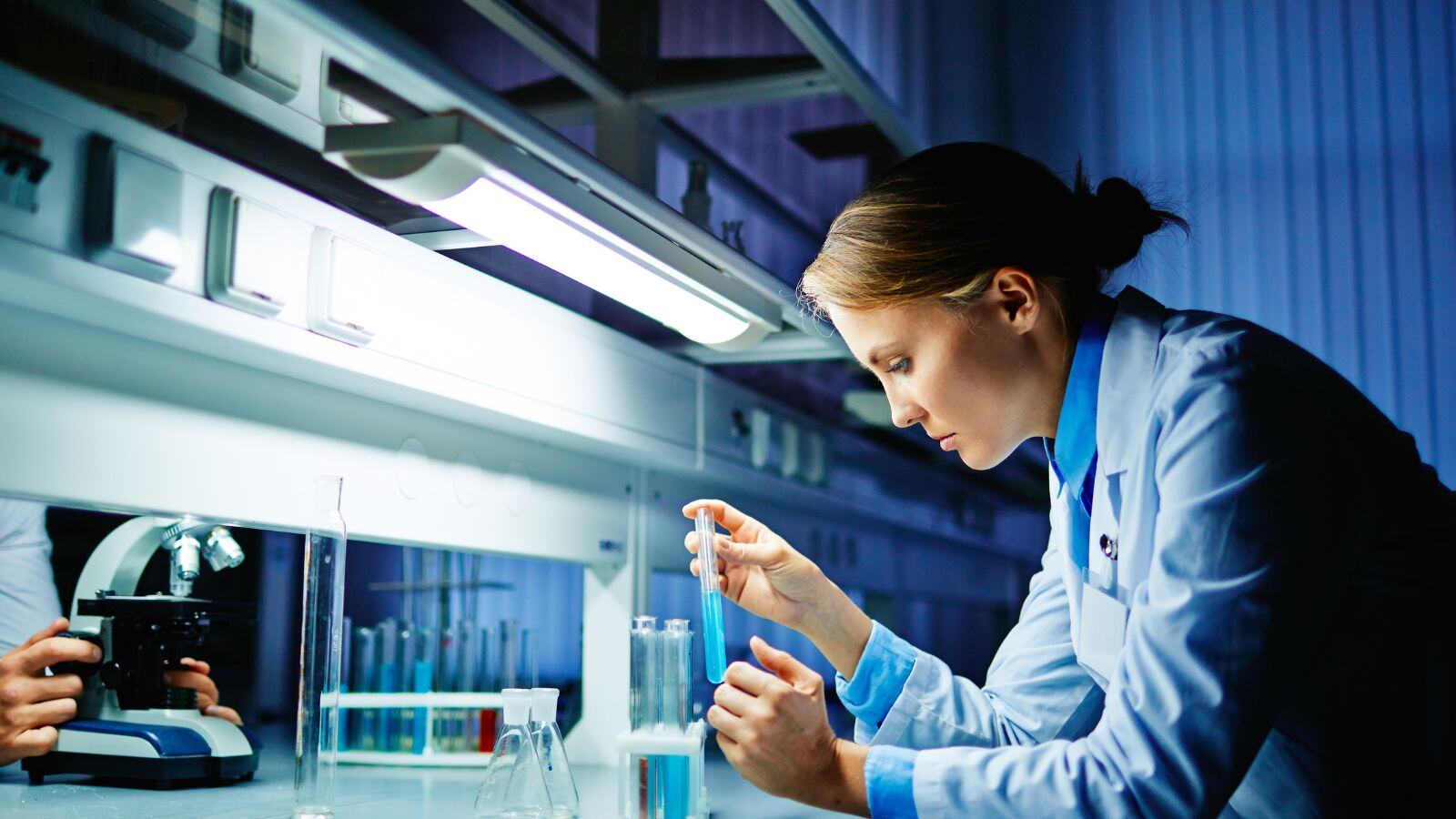

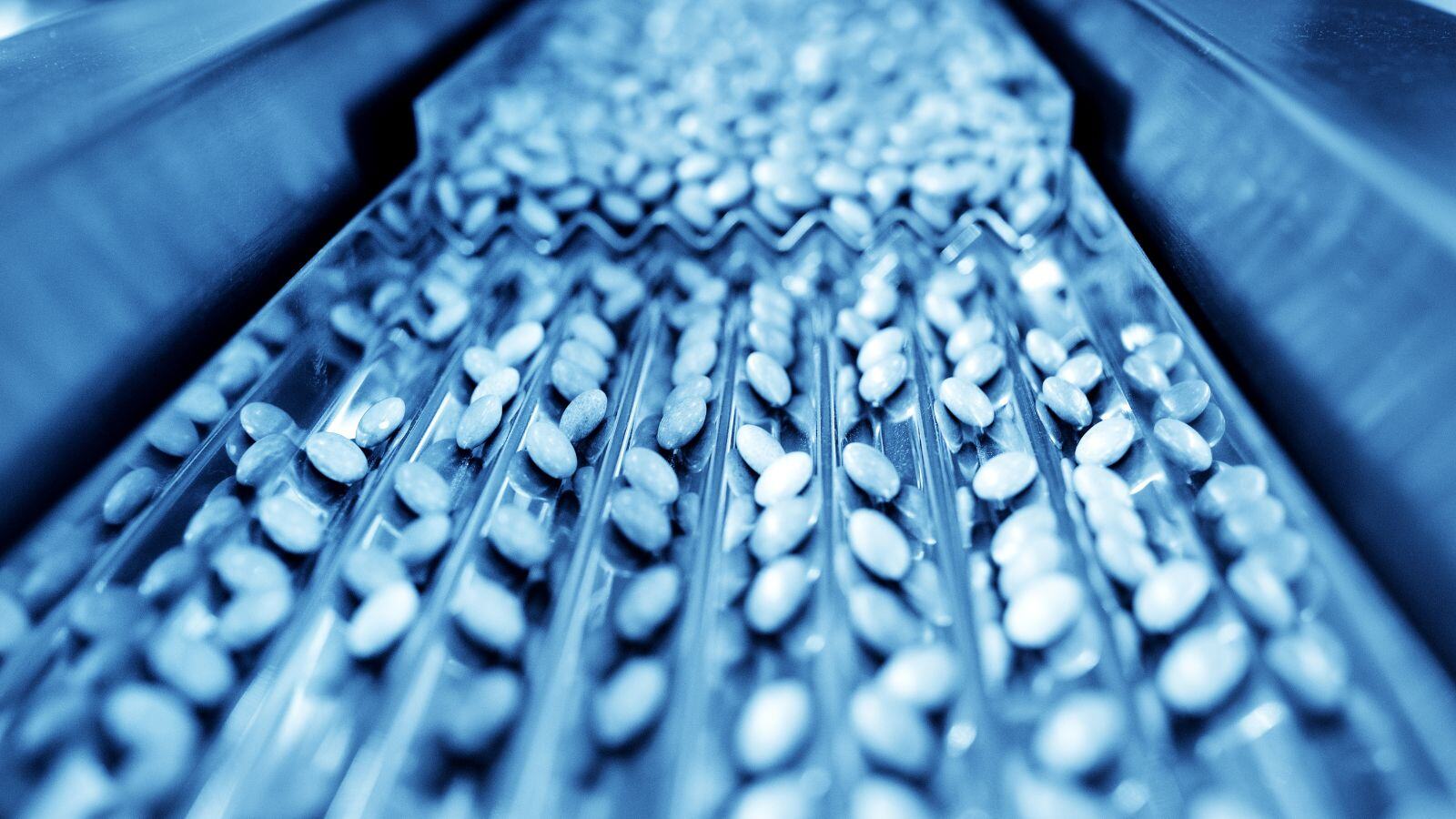

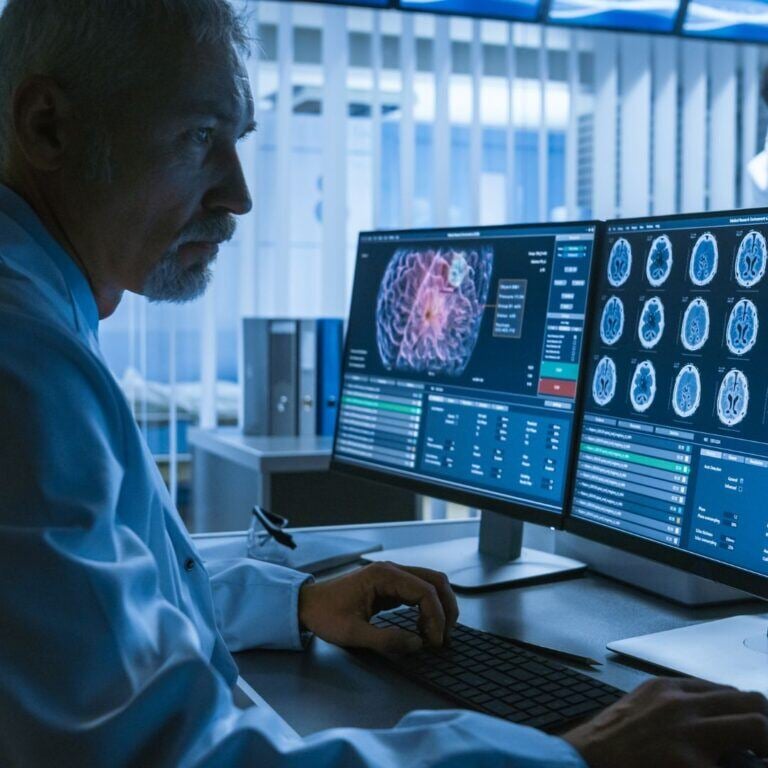


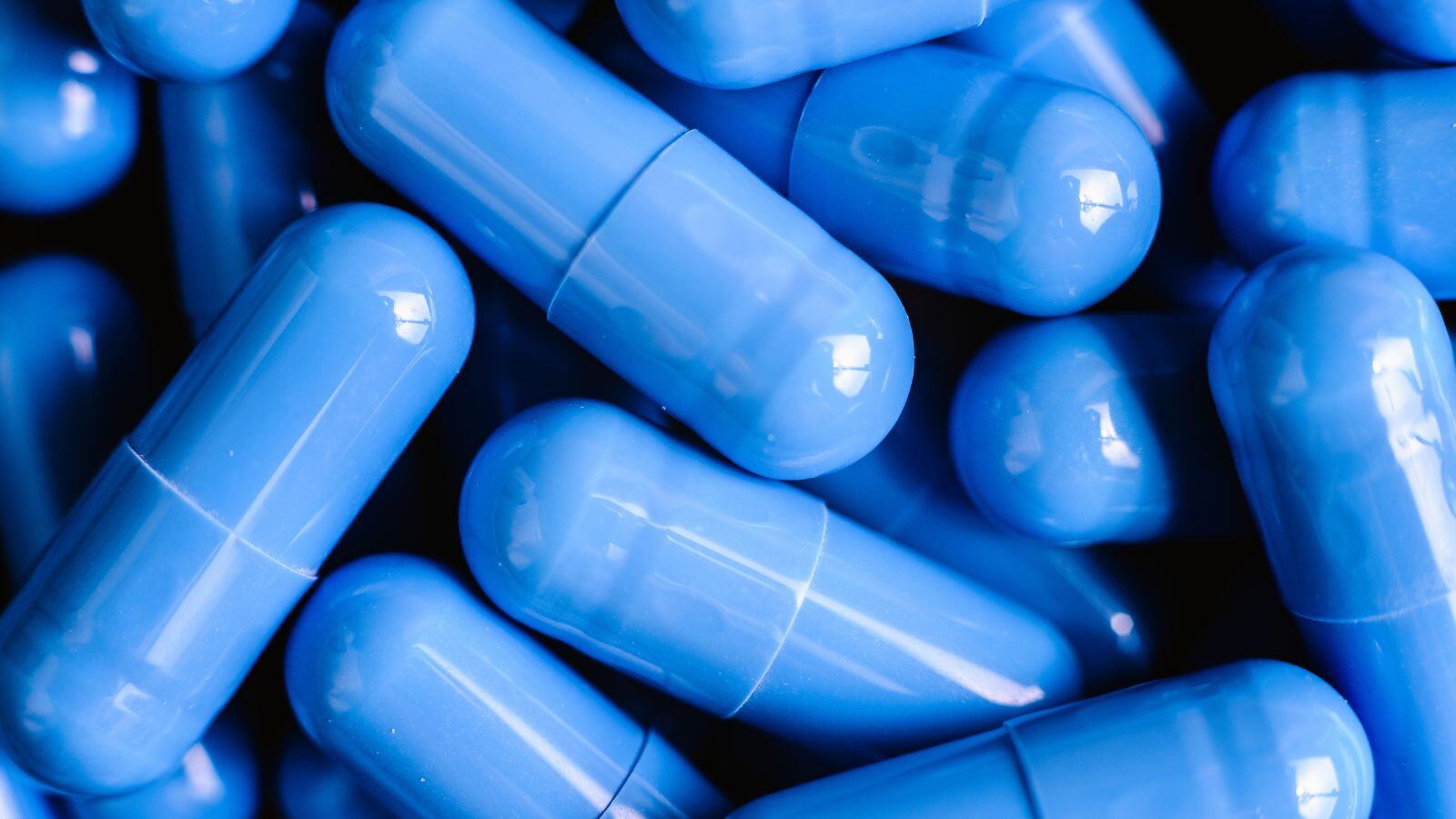

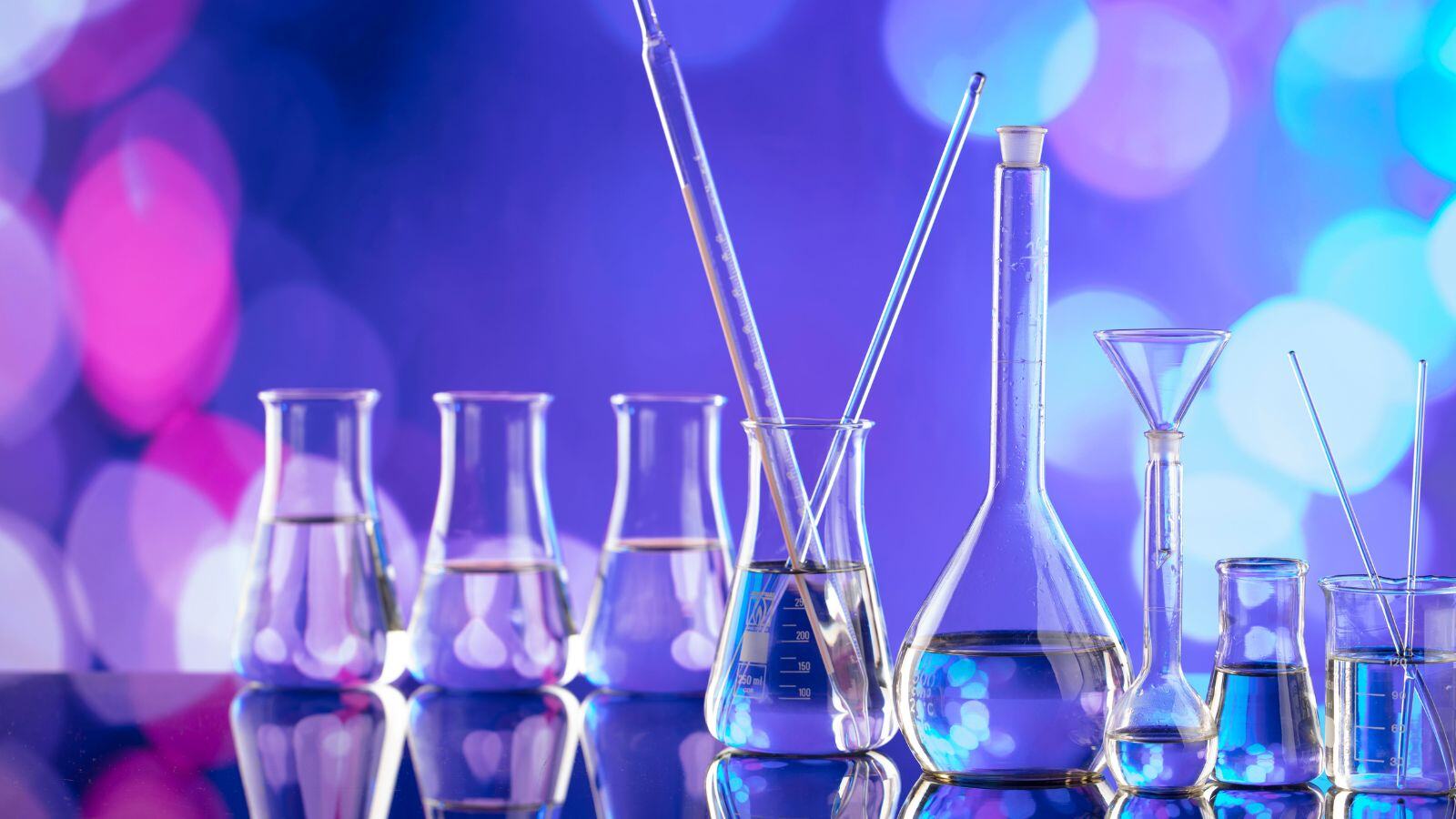





.jpg)

.jpg)
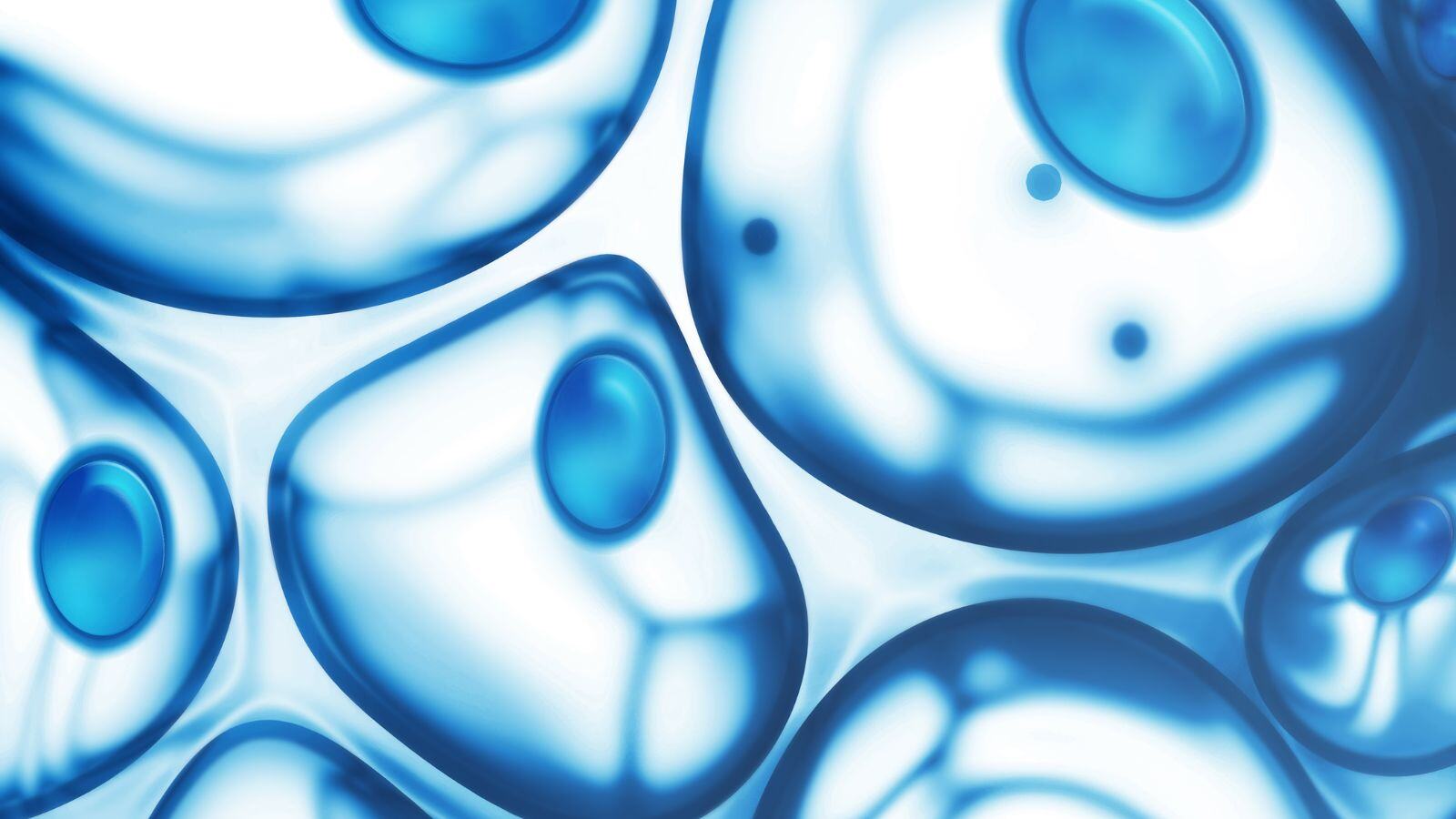
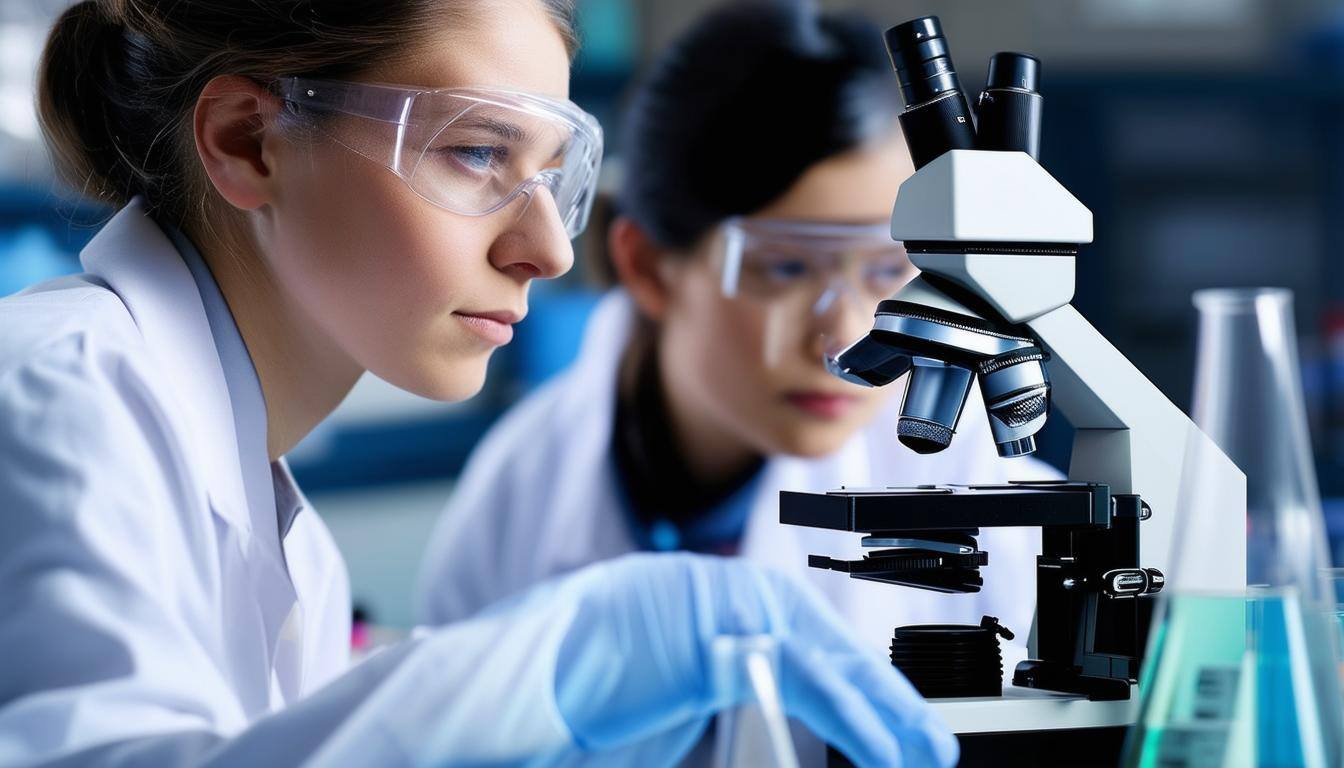
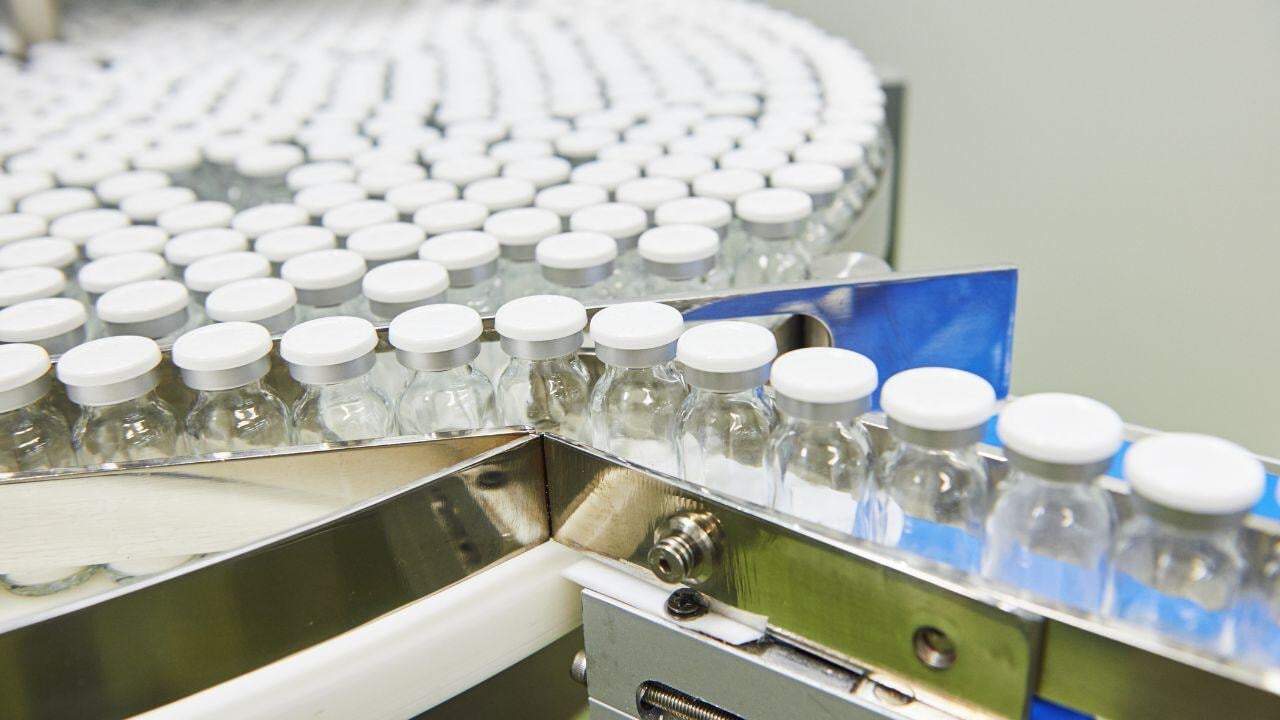
.png)
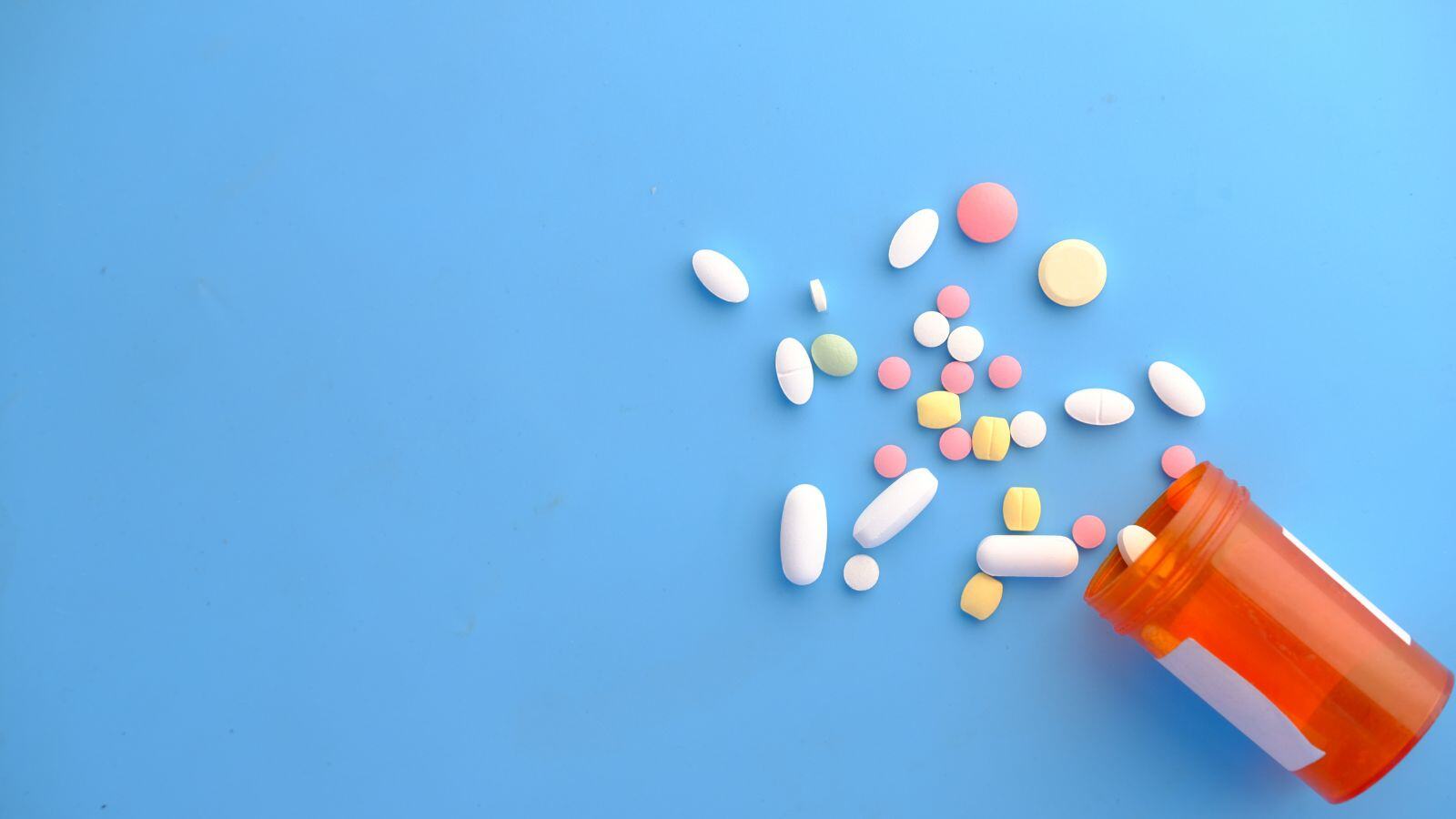
.jpg)
.jpg)
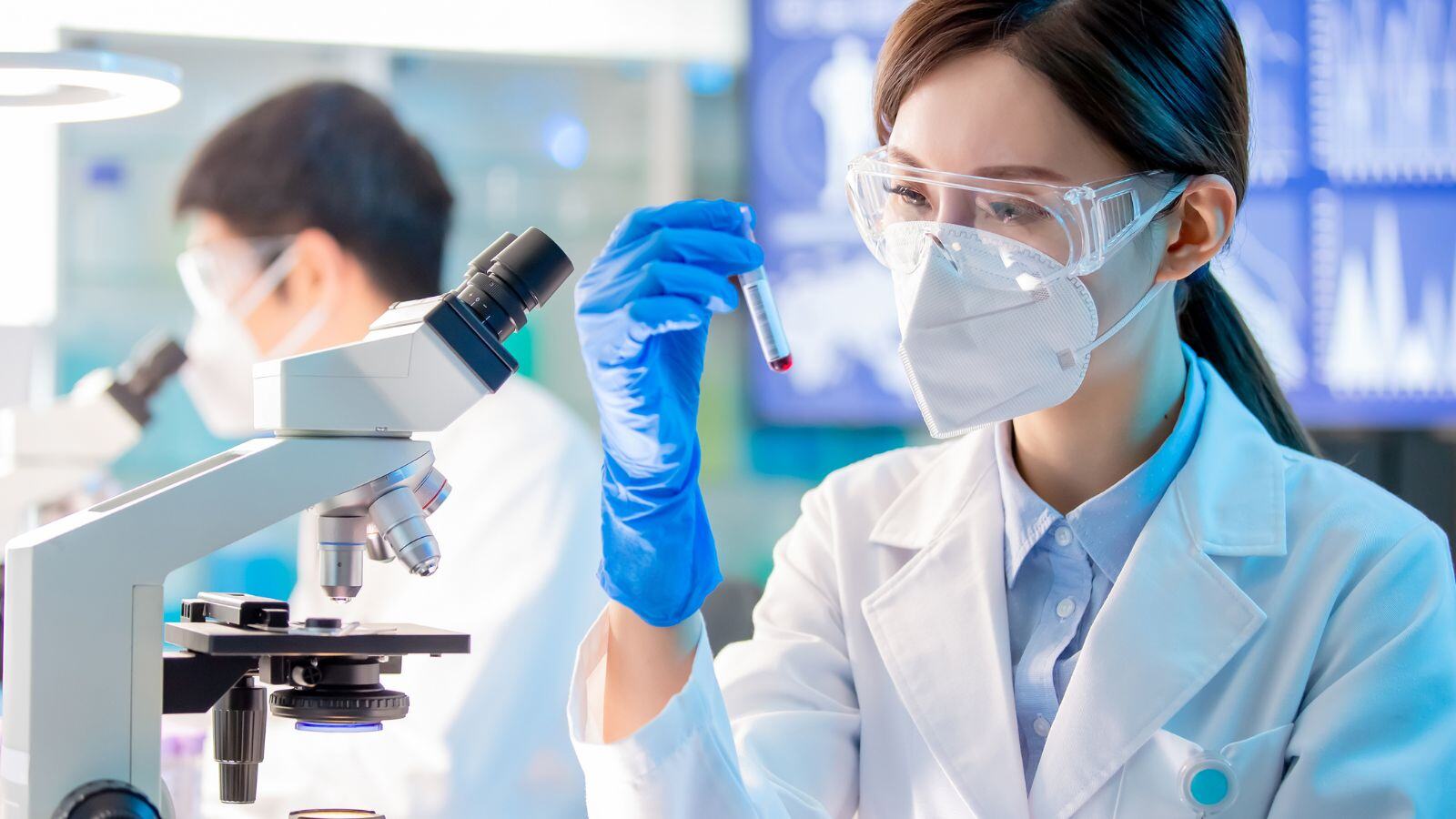
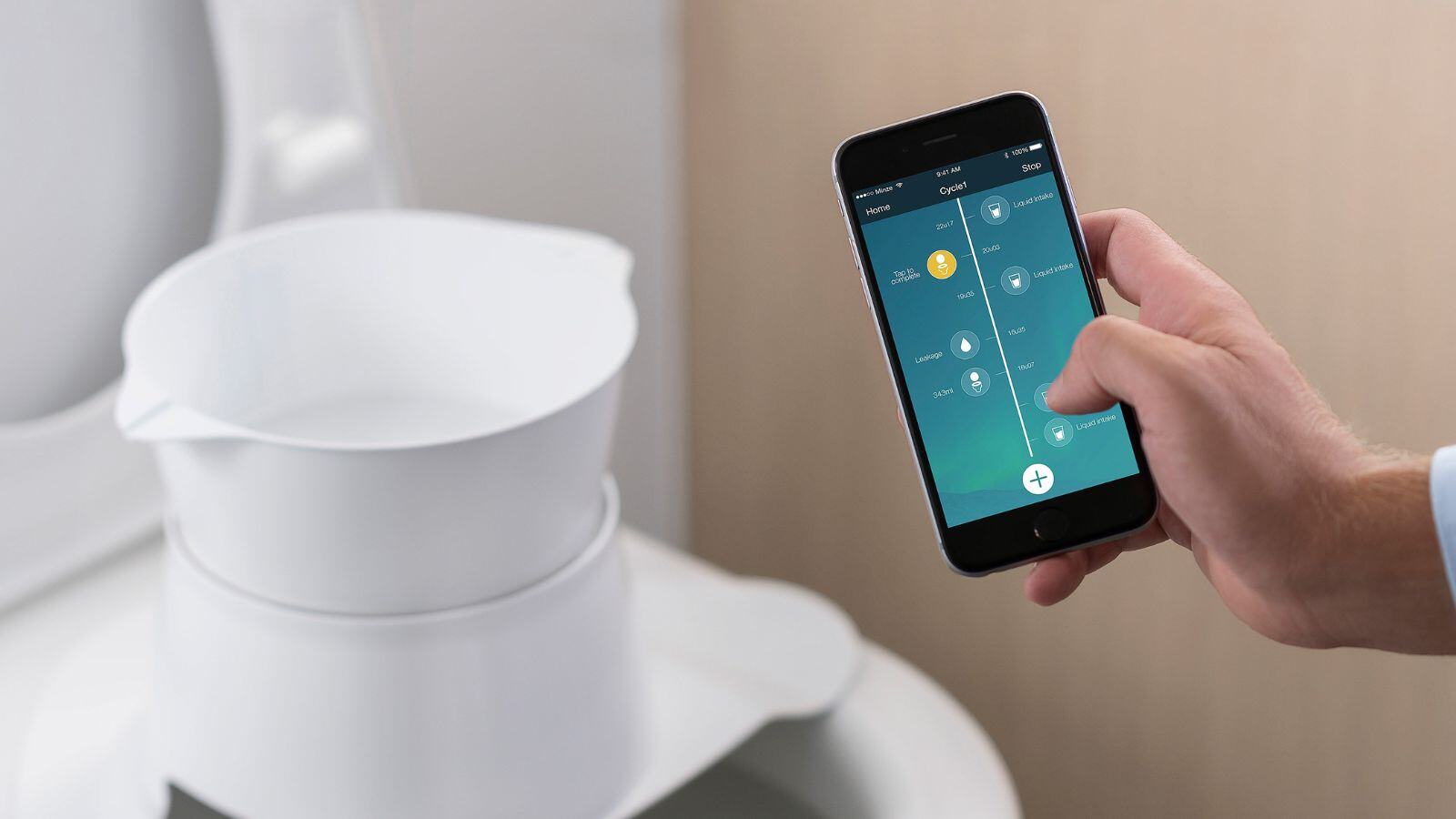
.jpg)
.jpg)
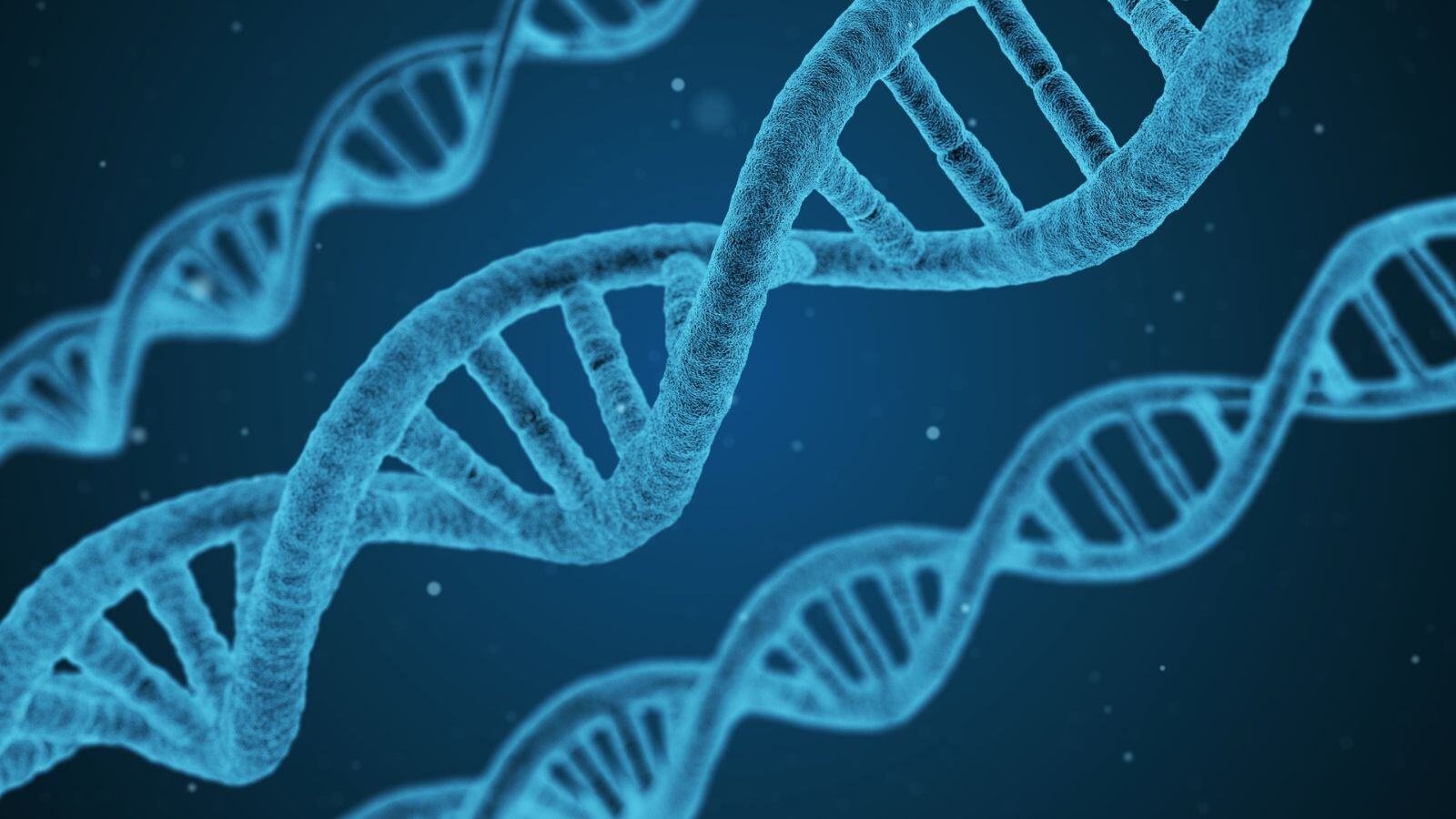
.jpg)
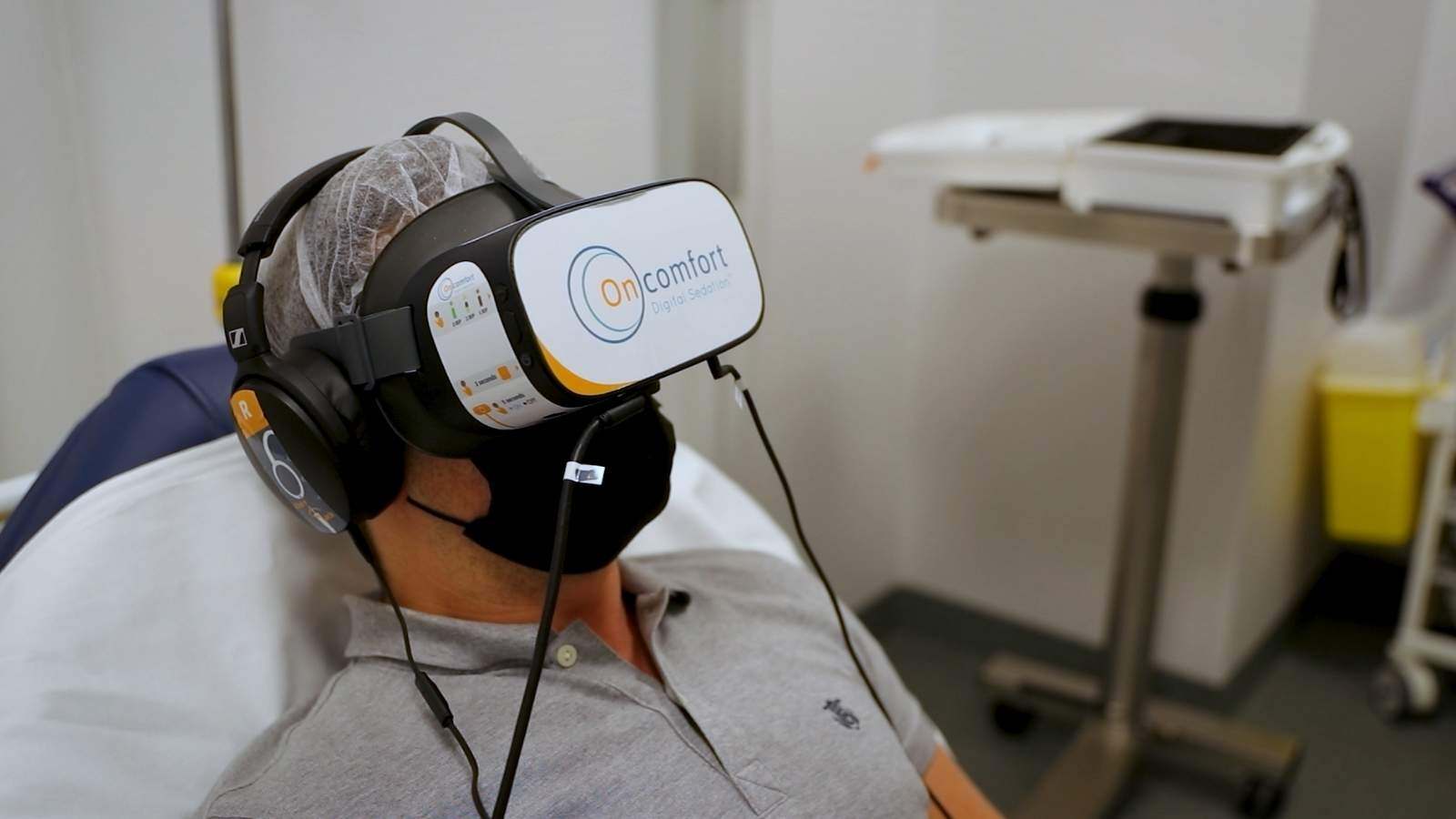
.png)